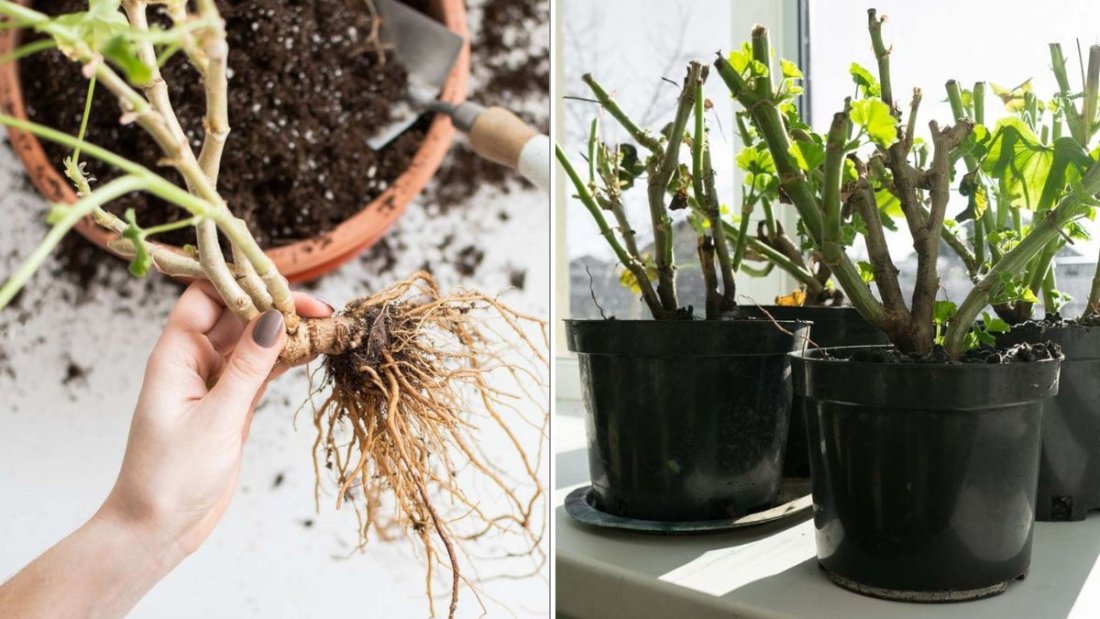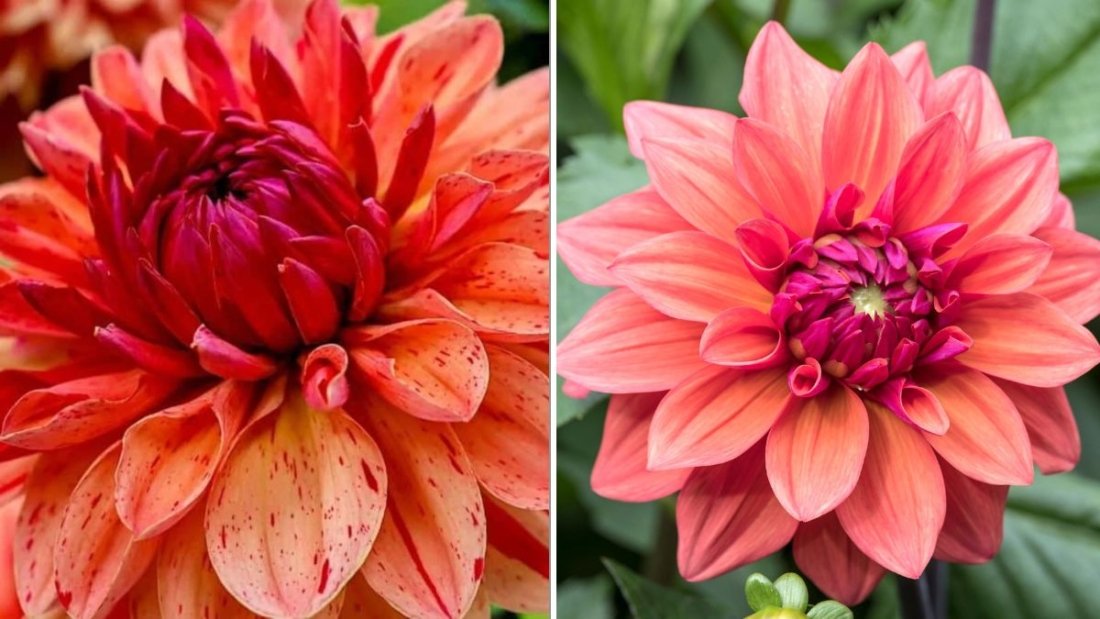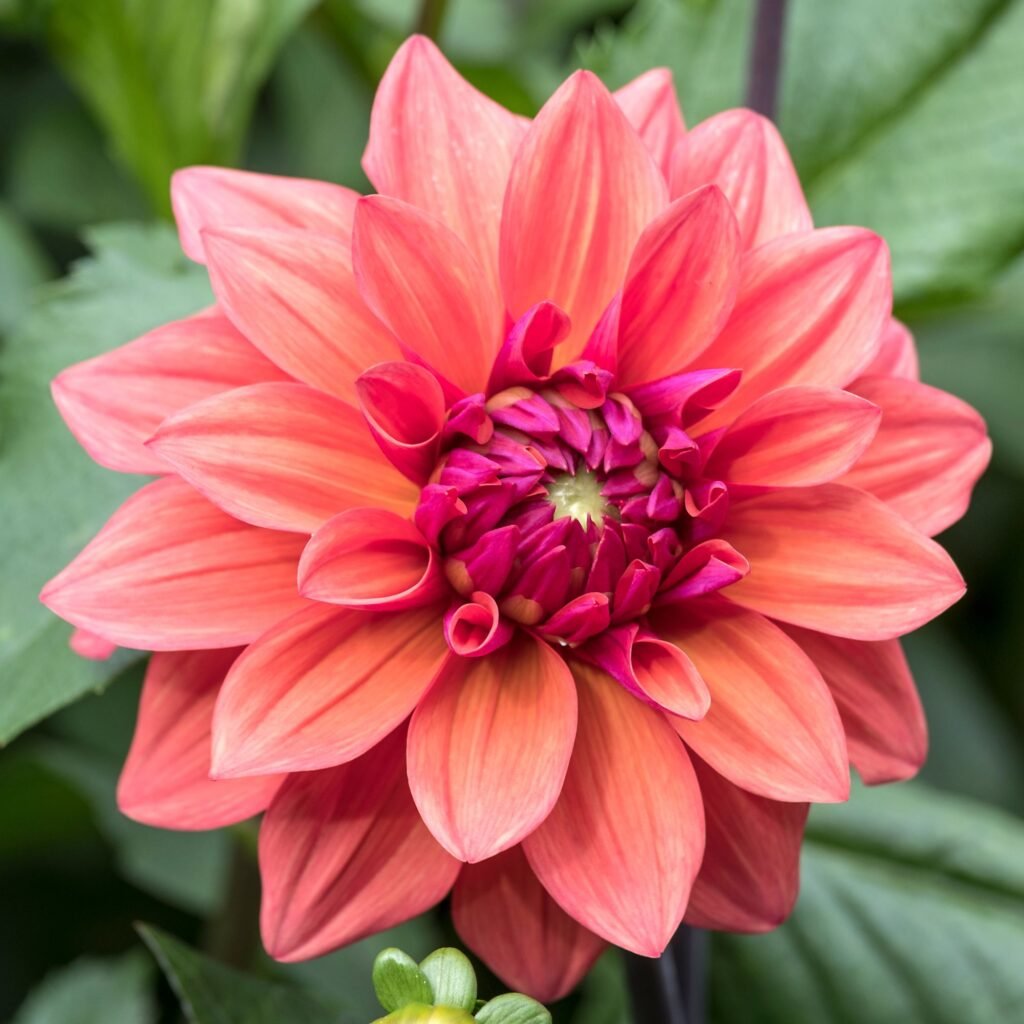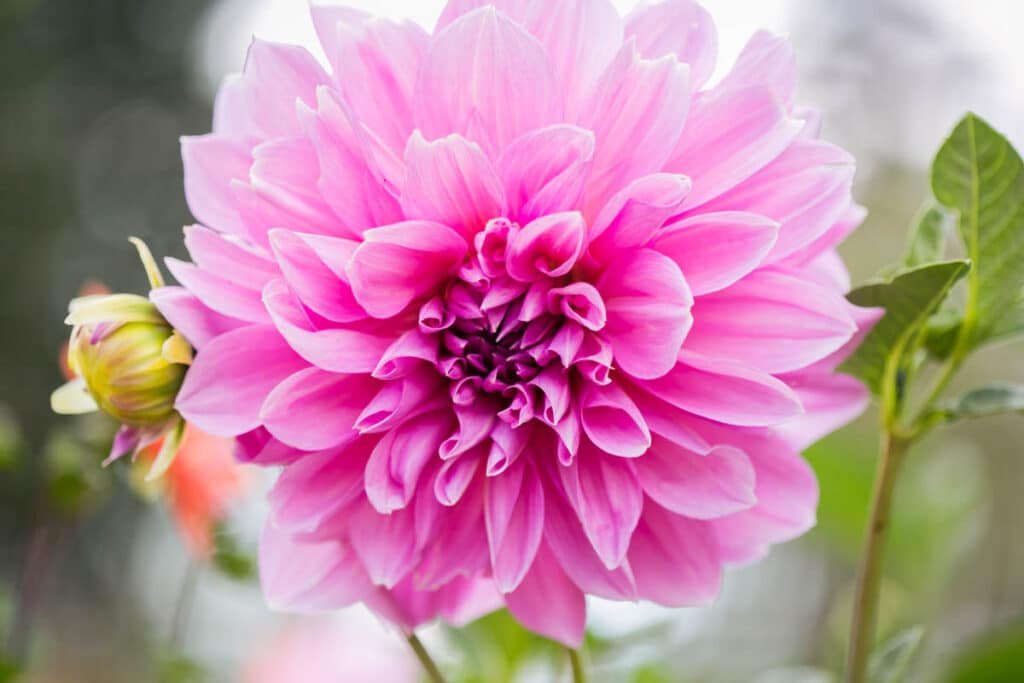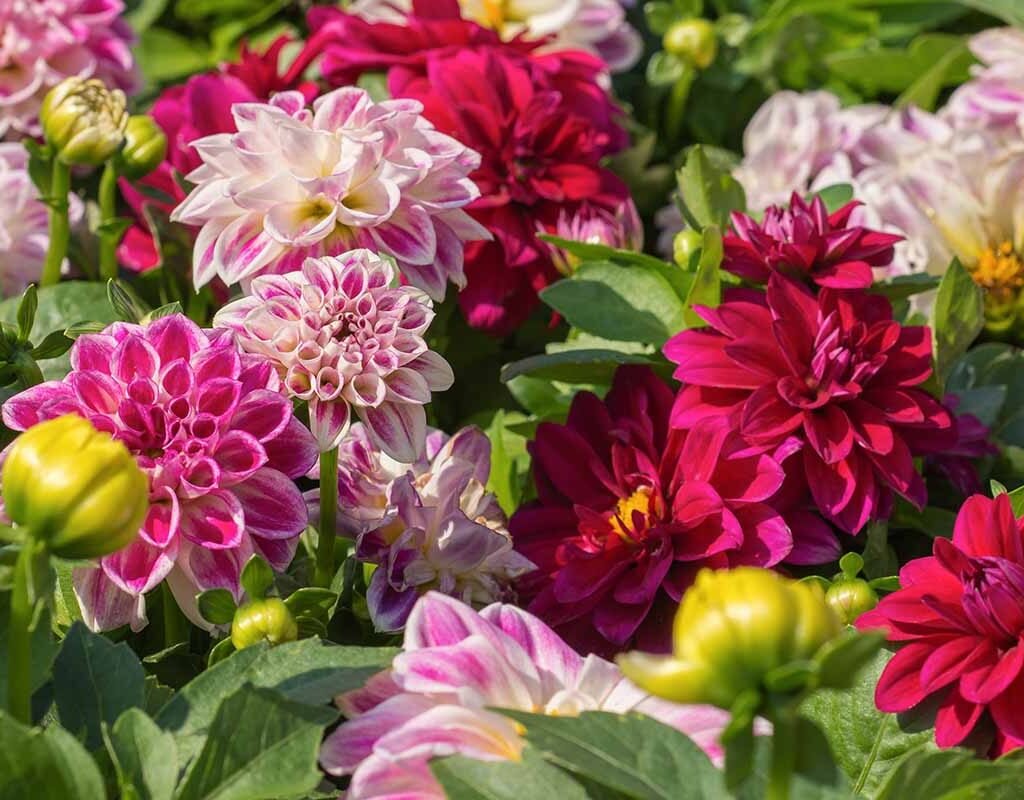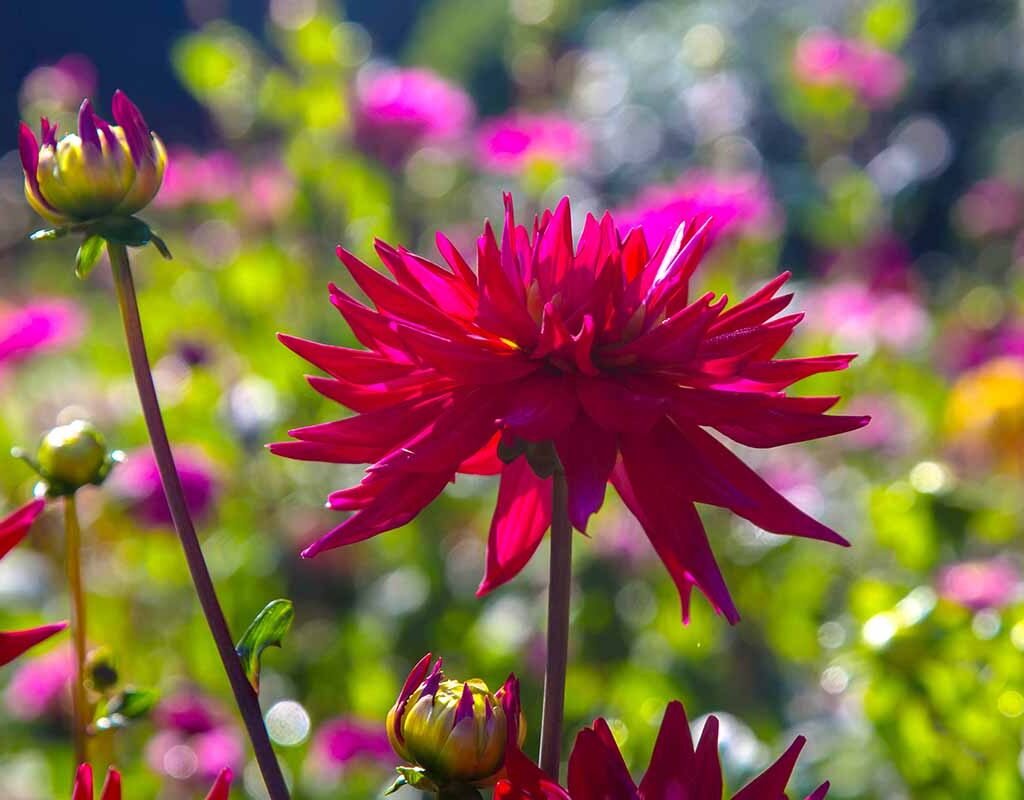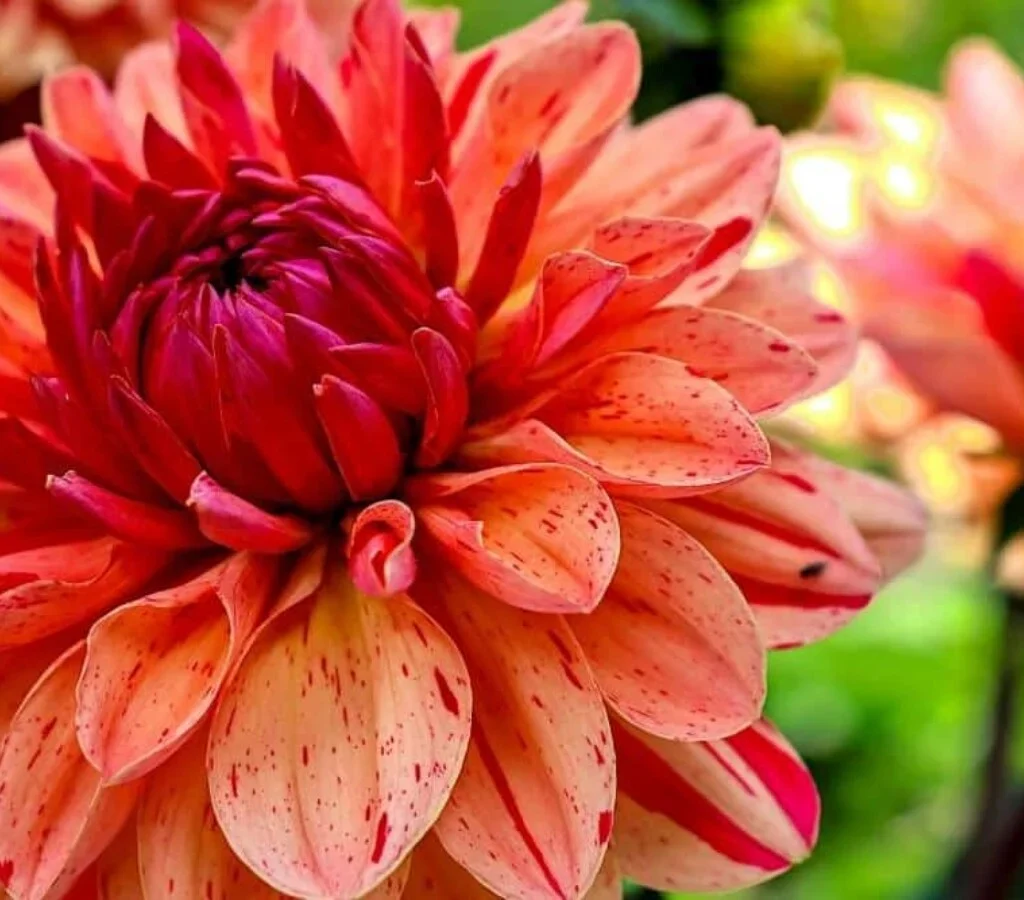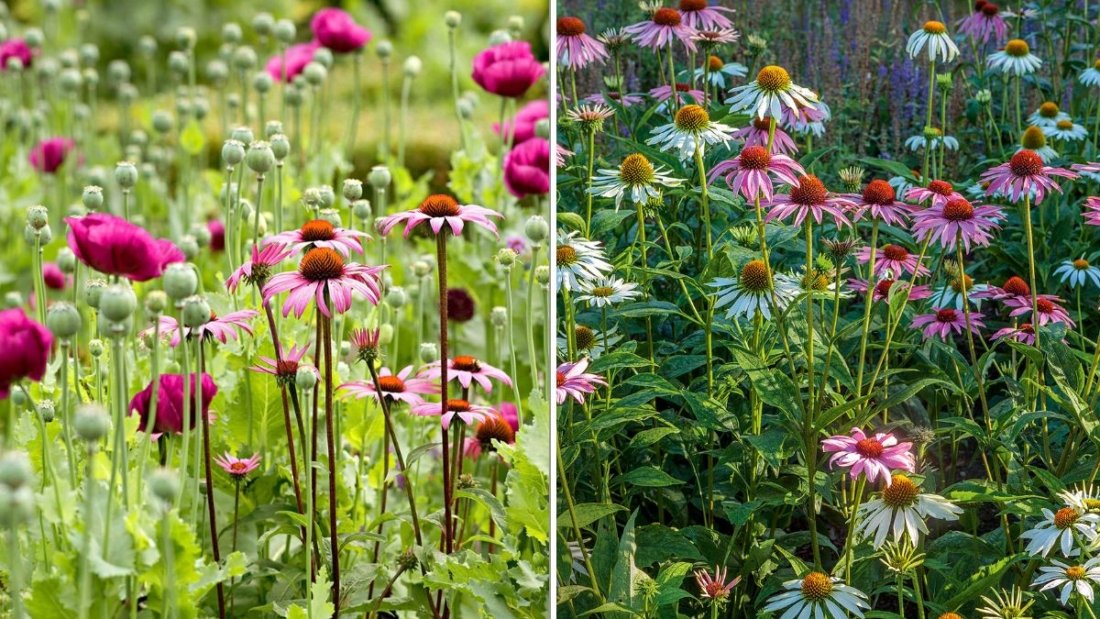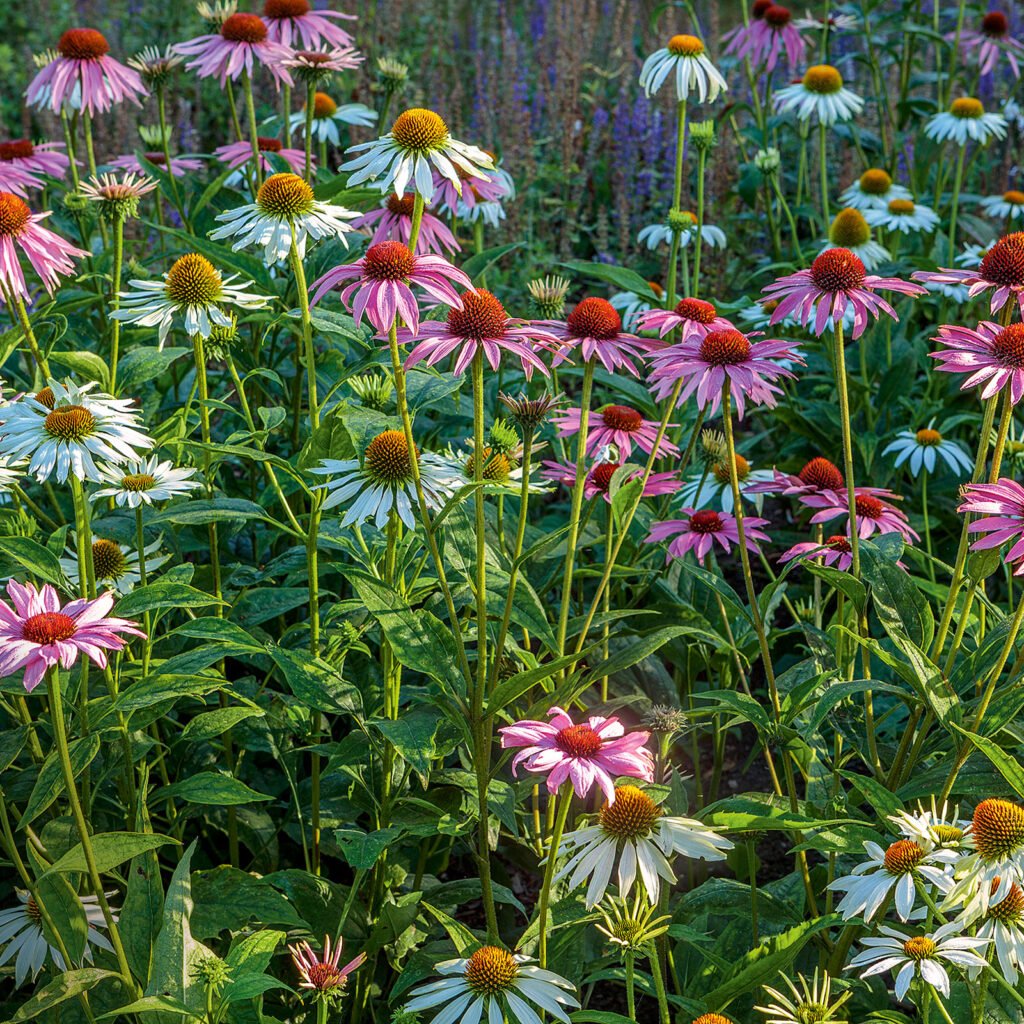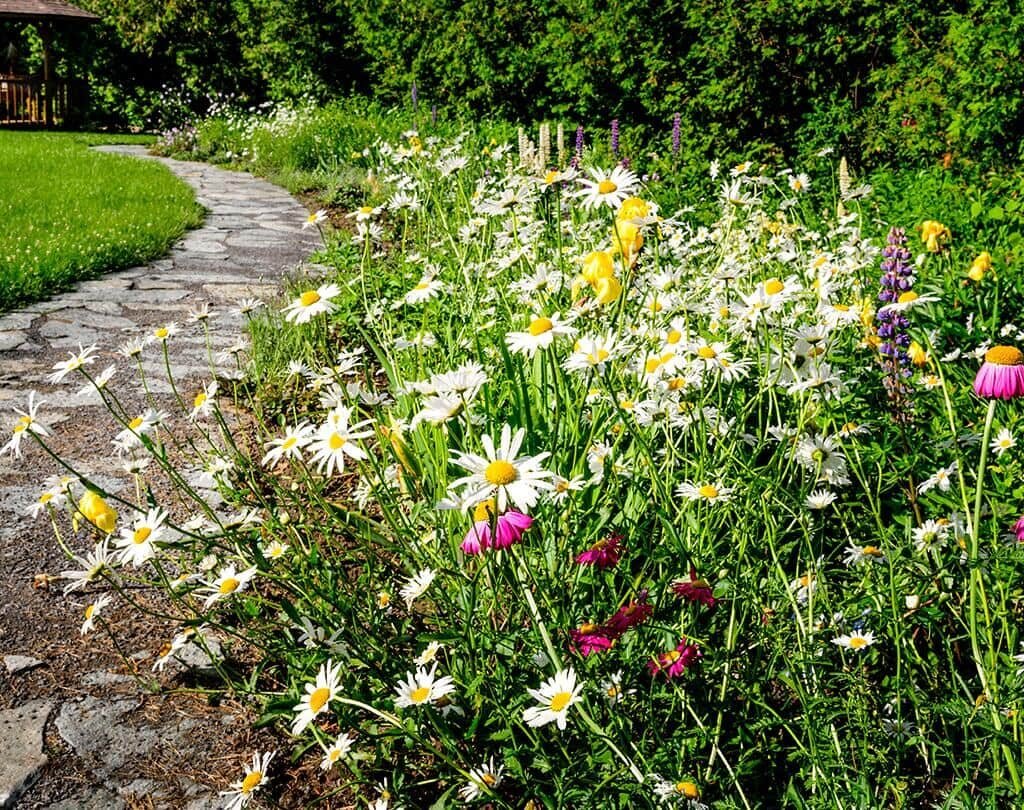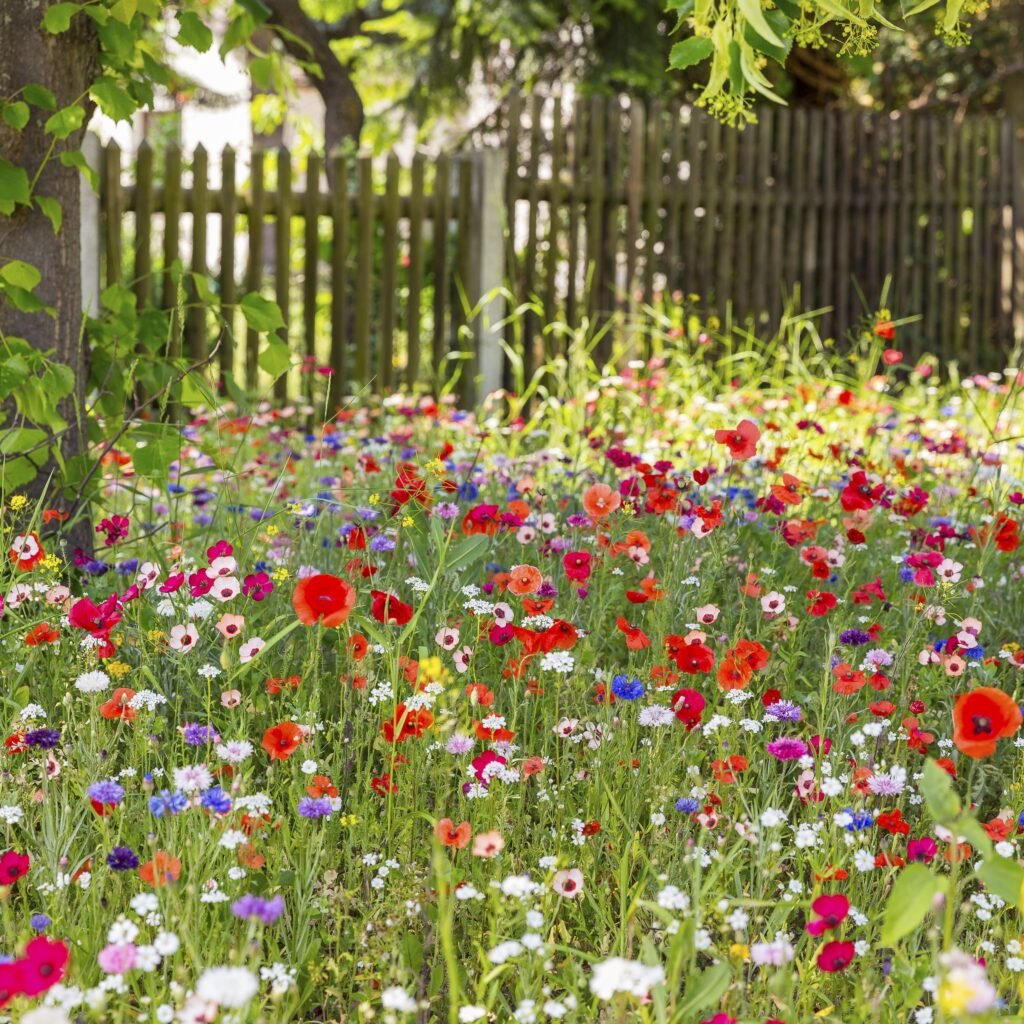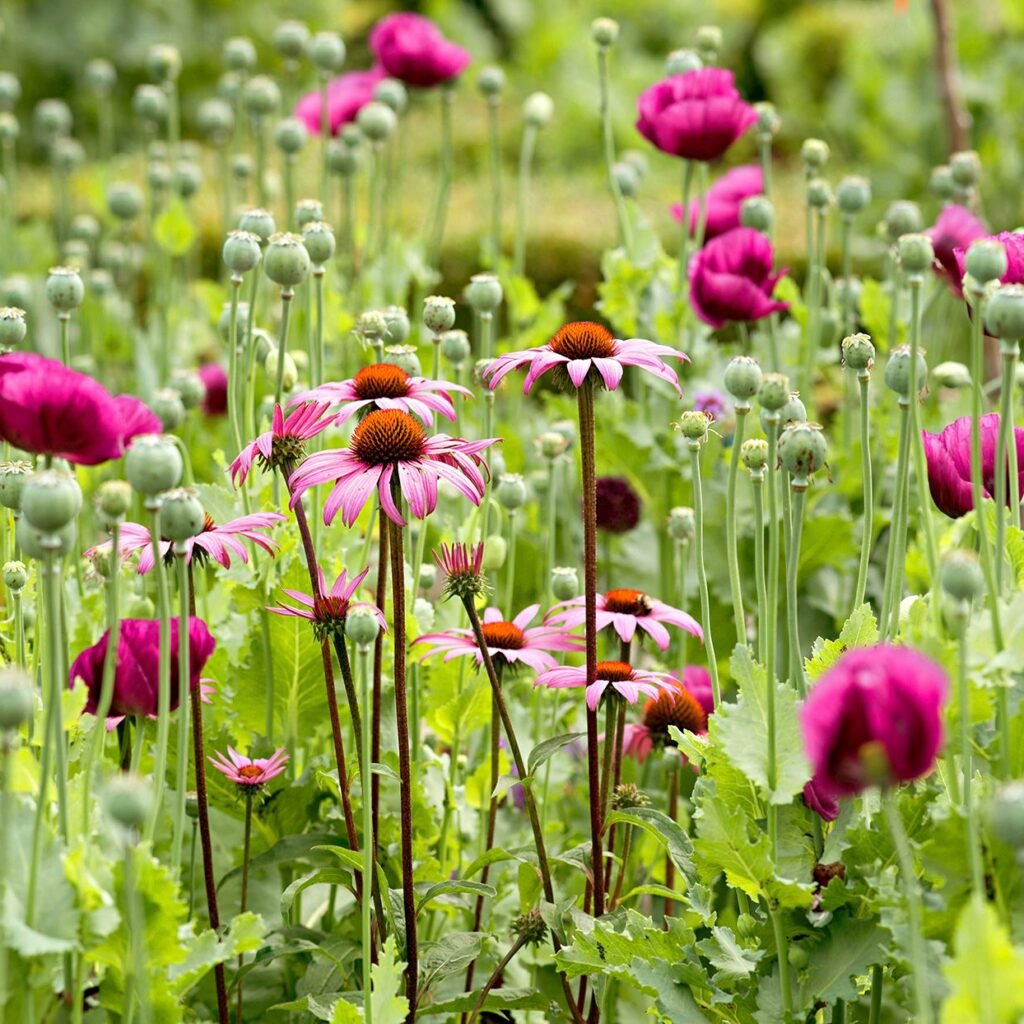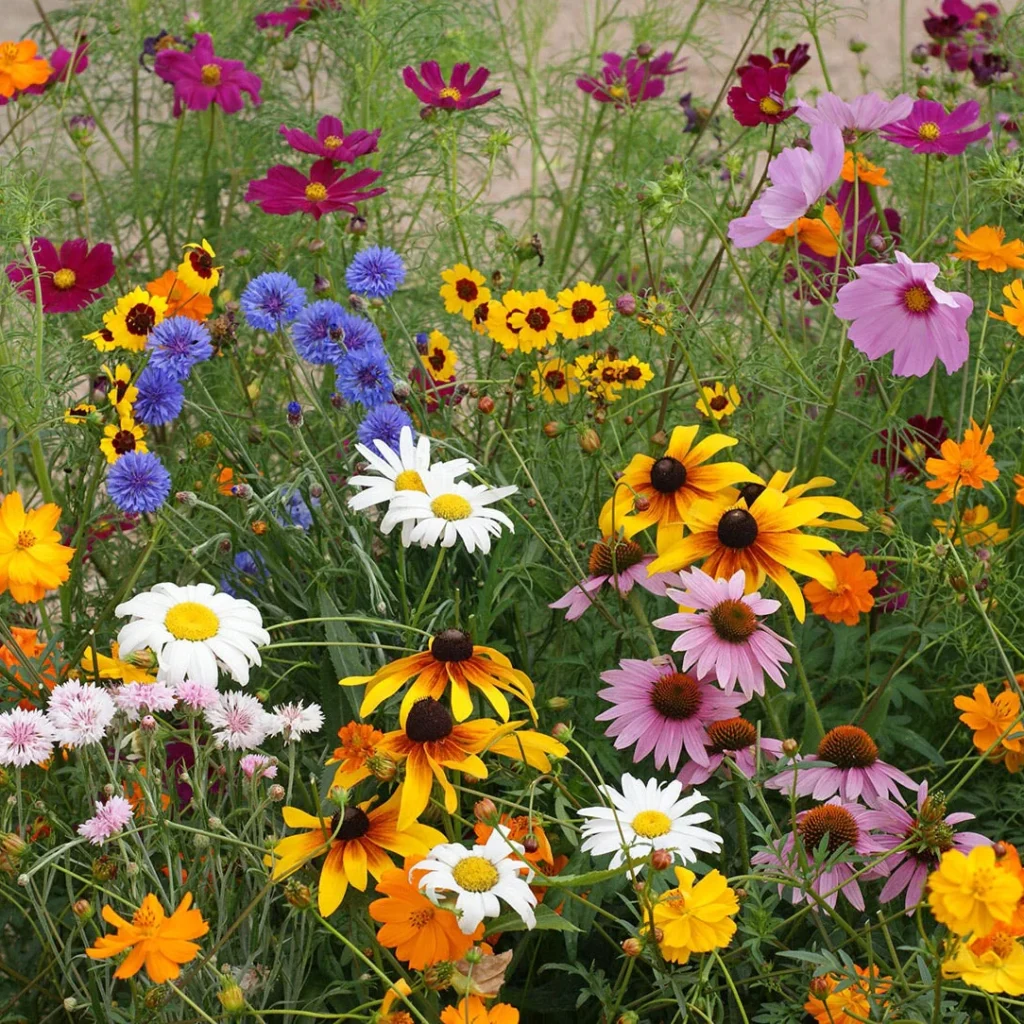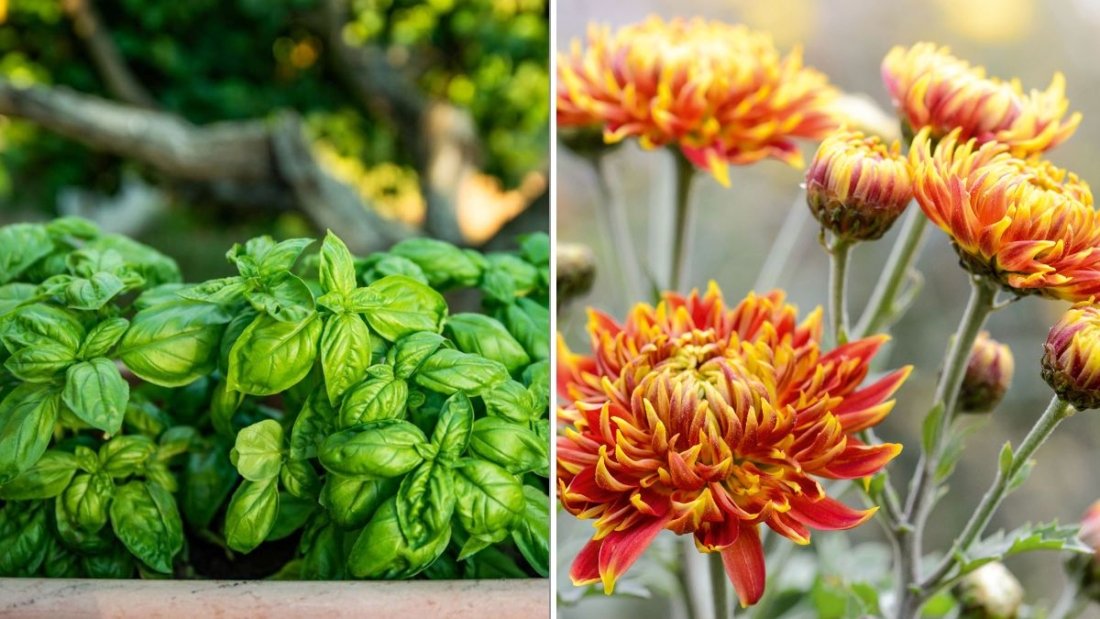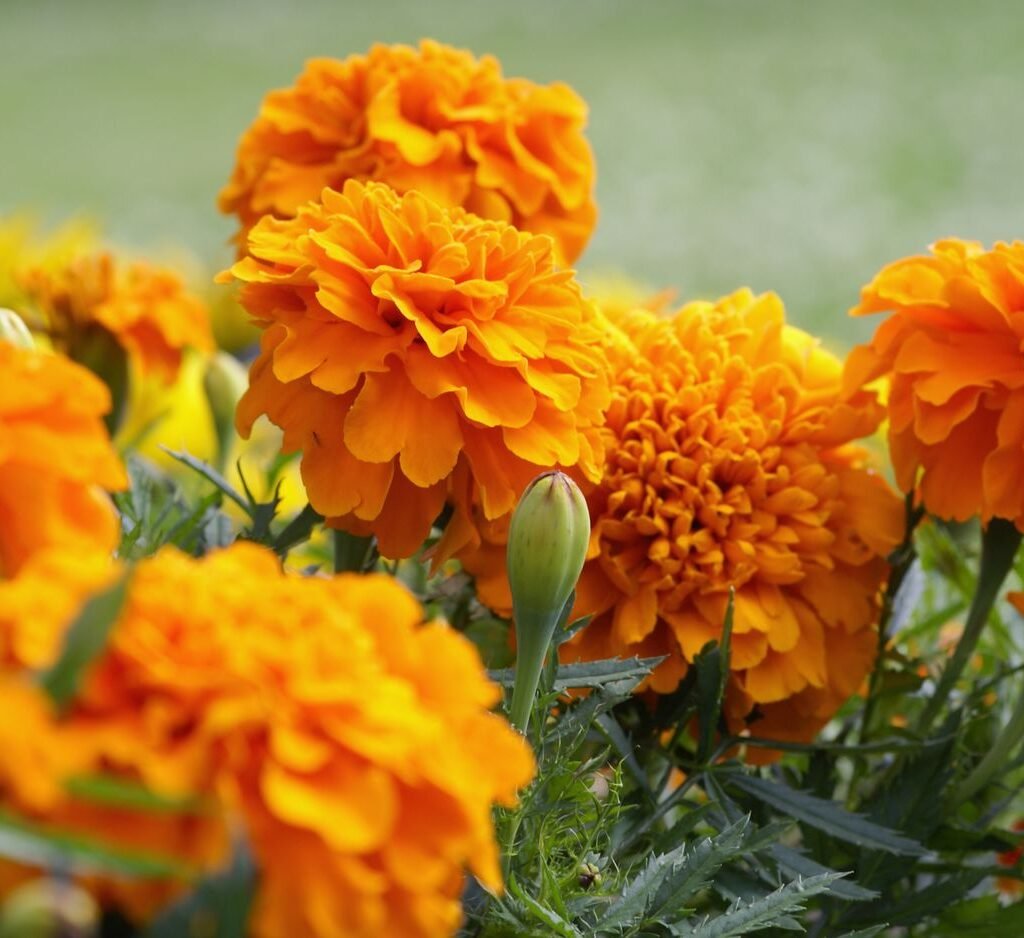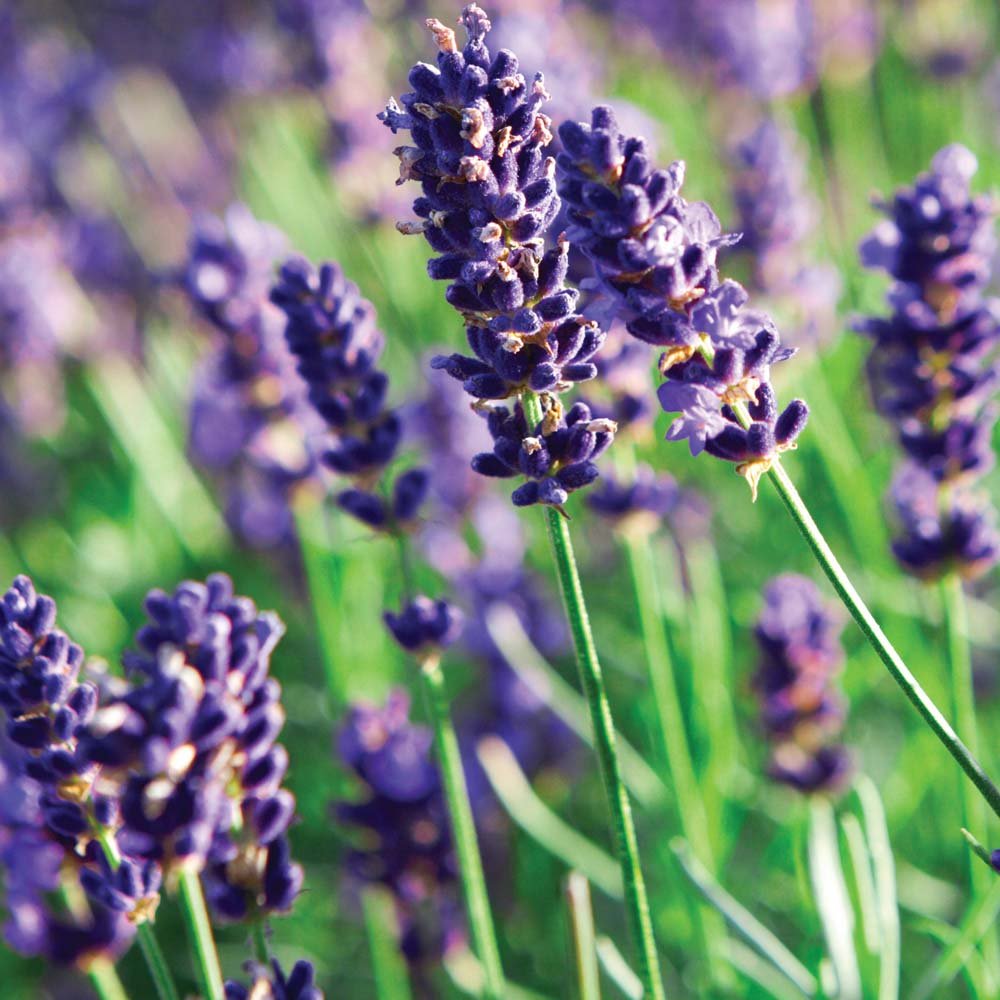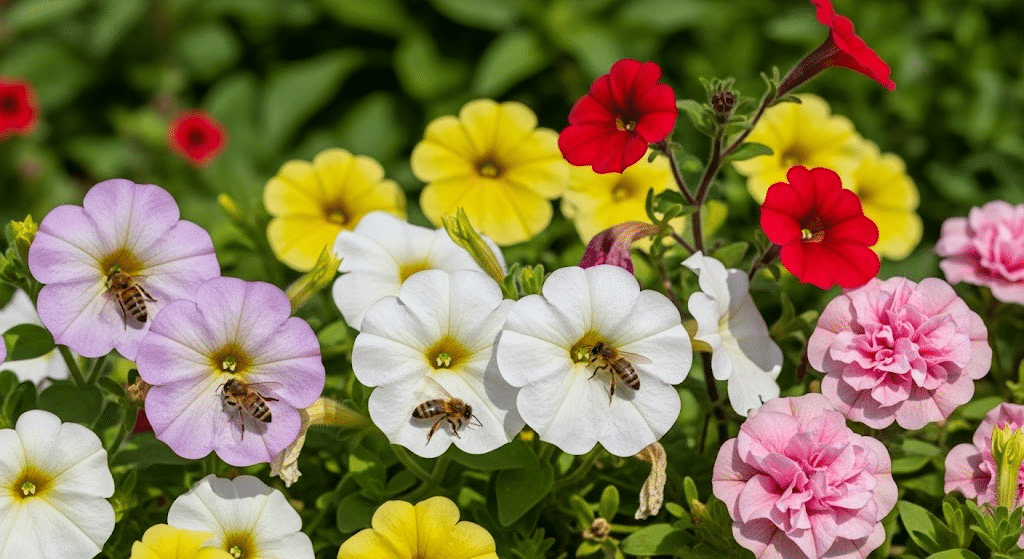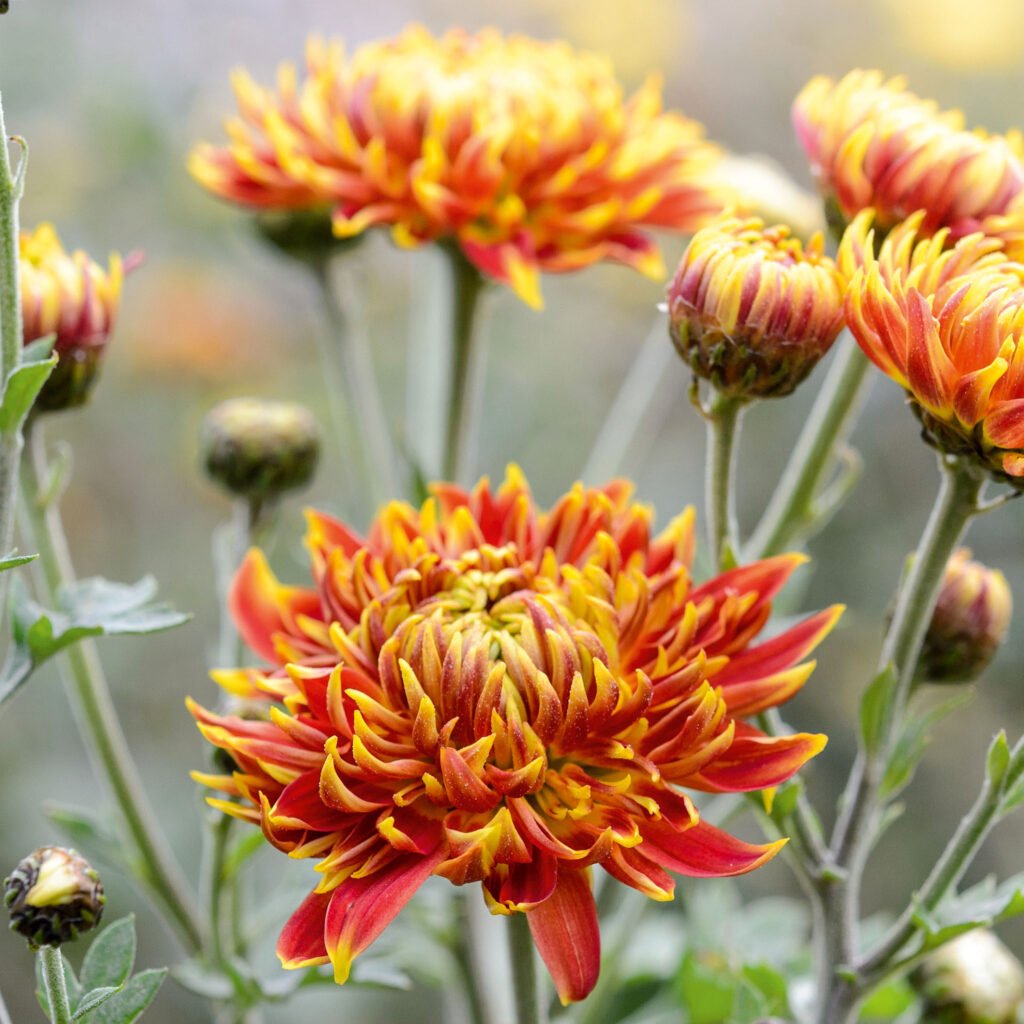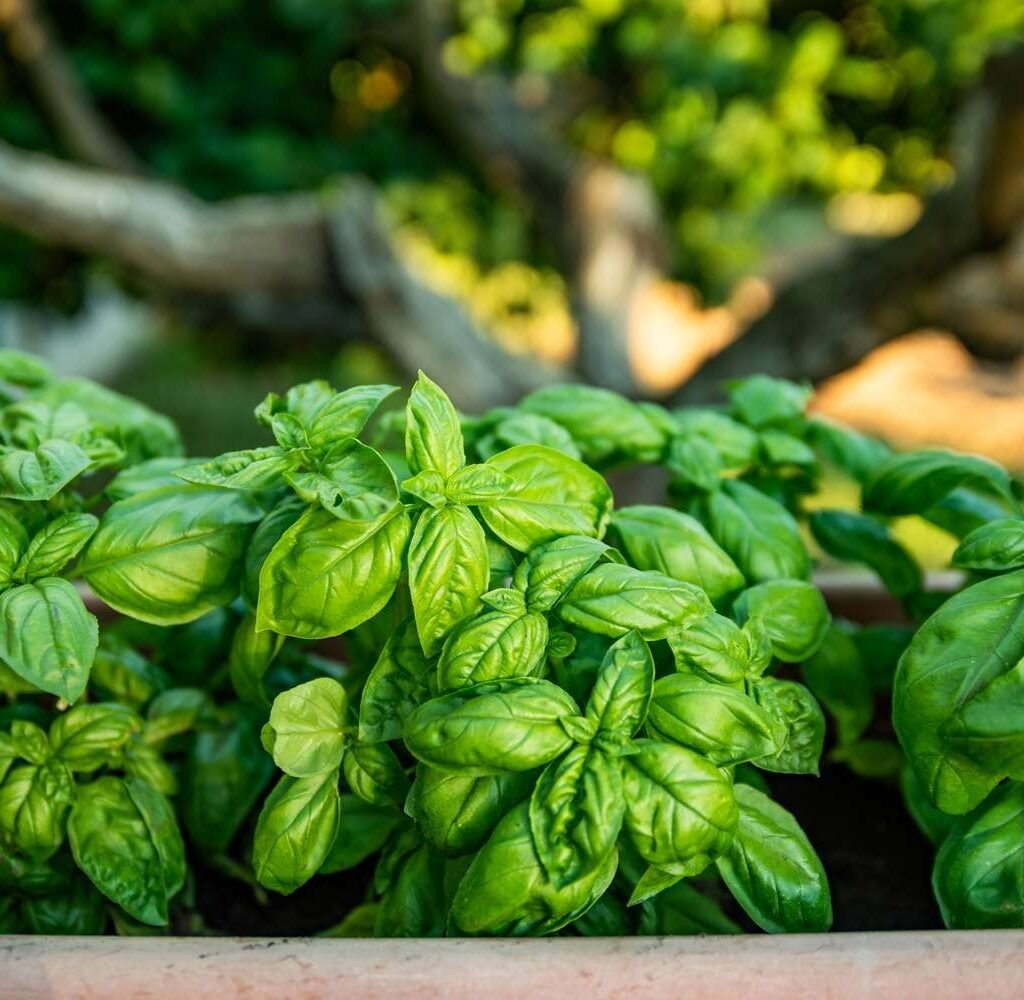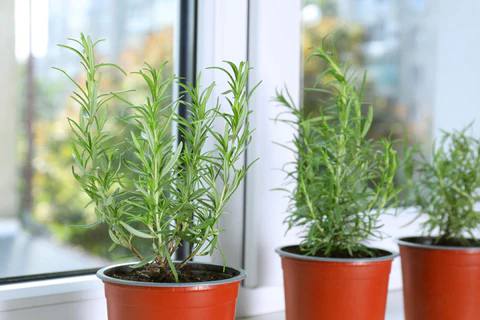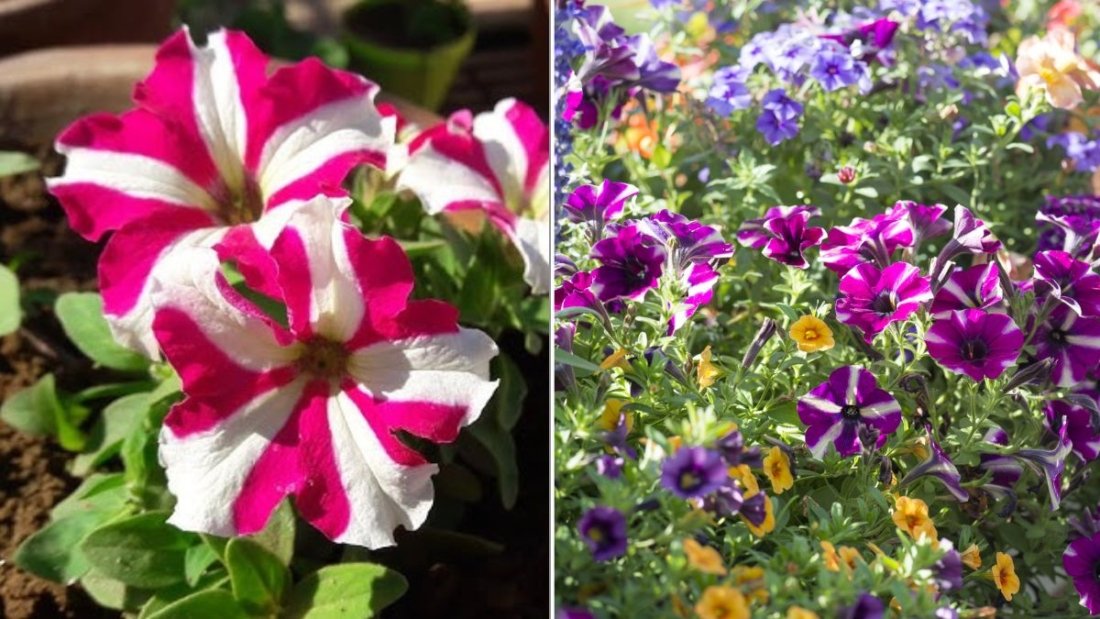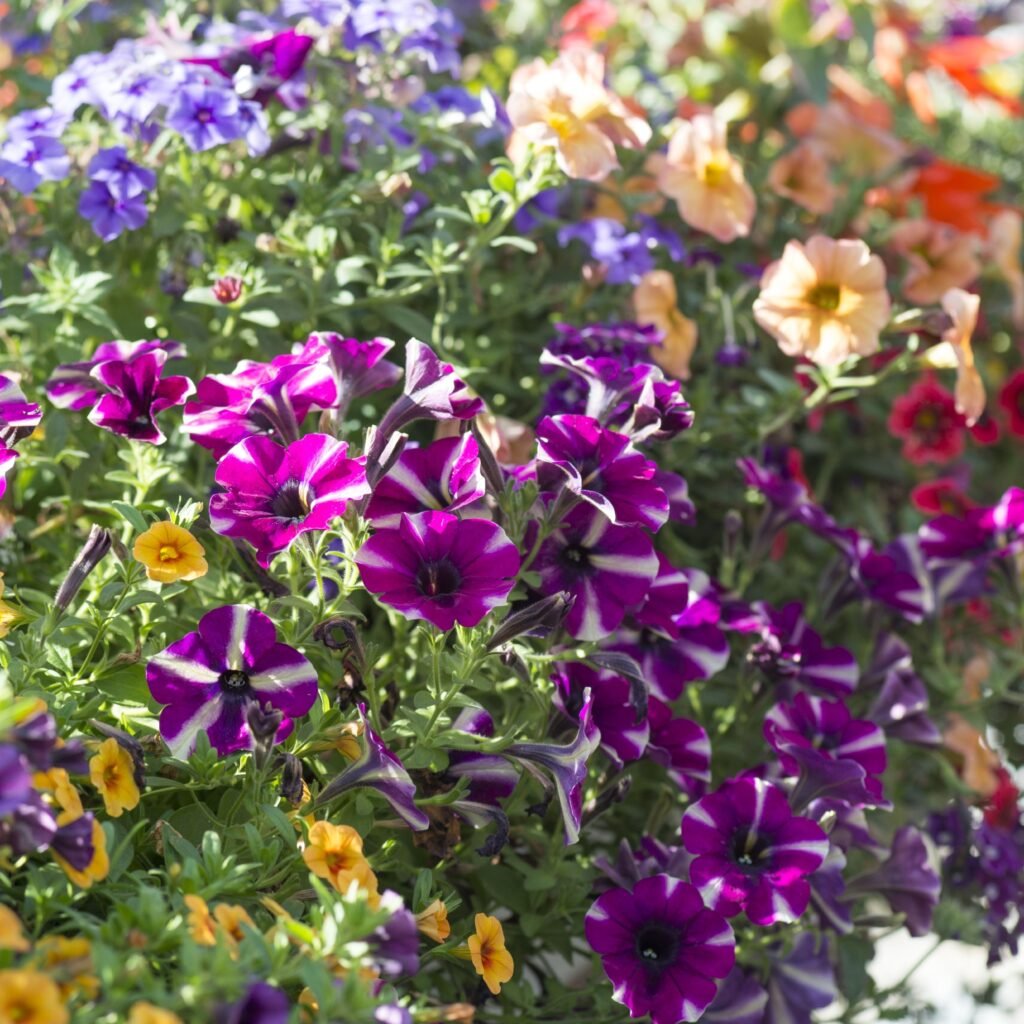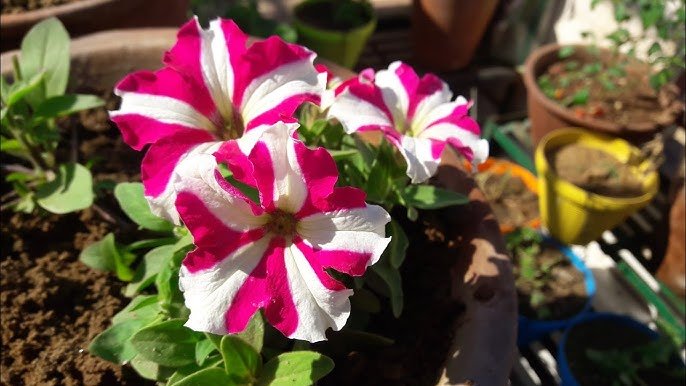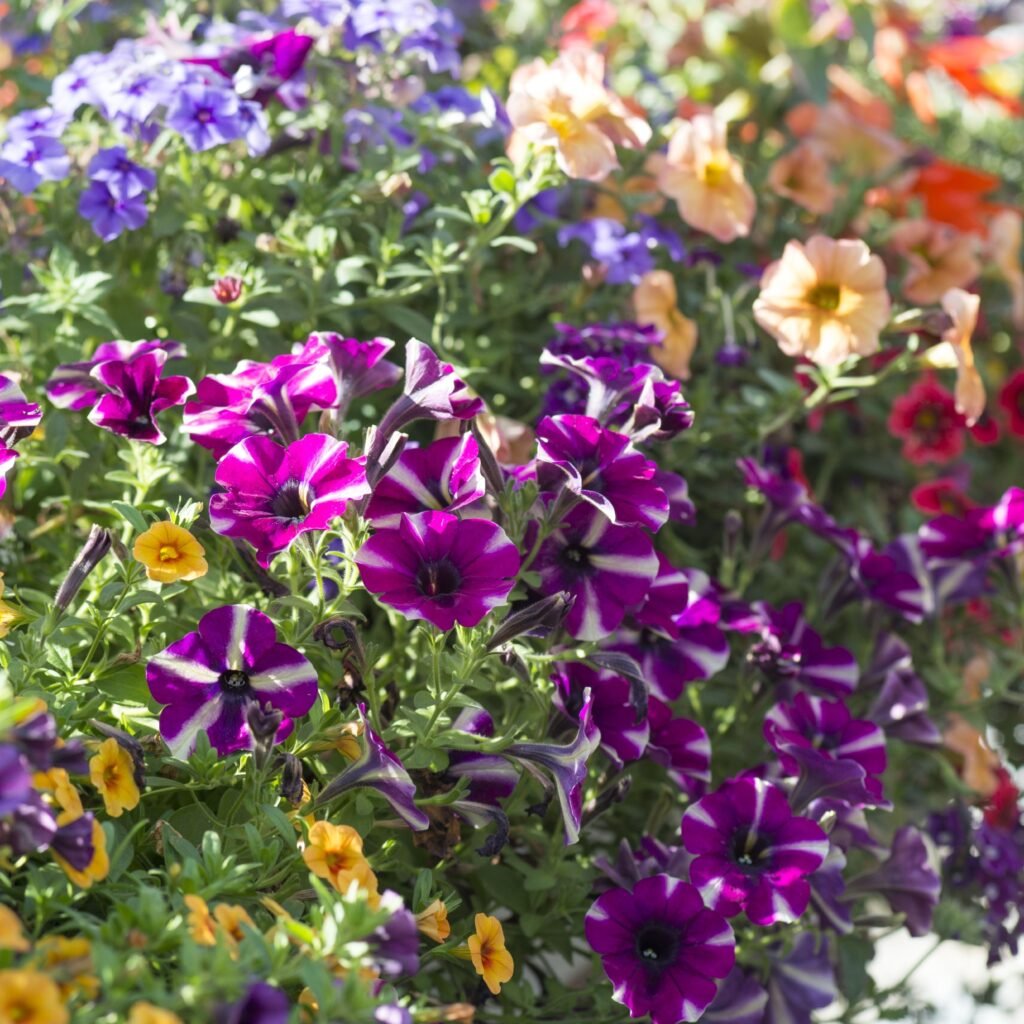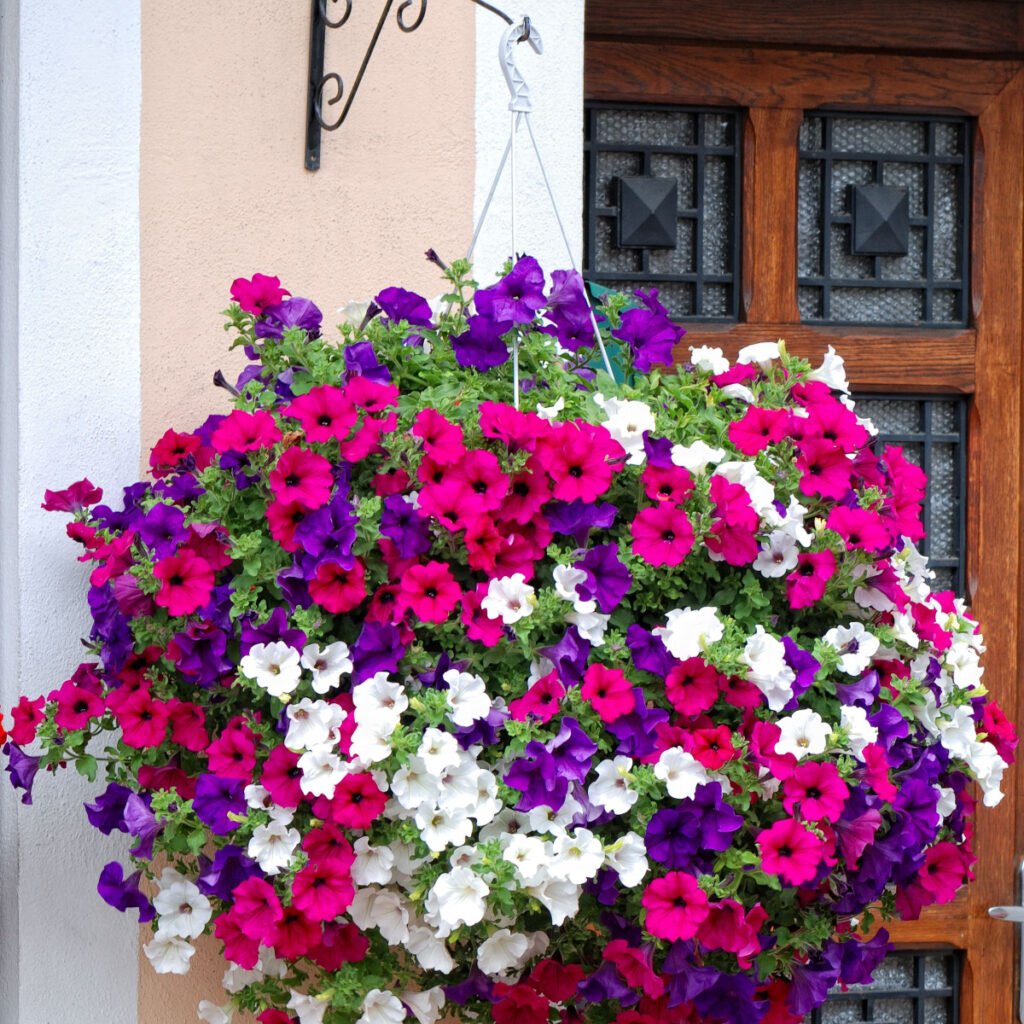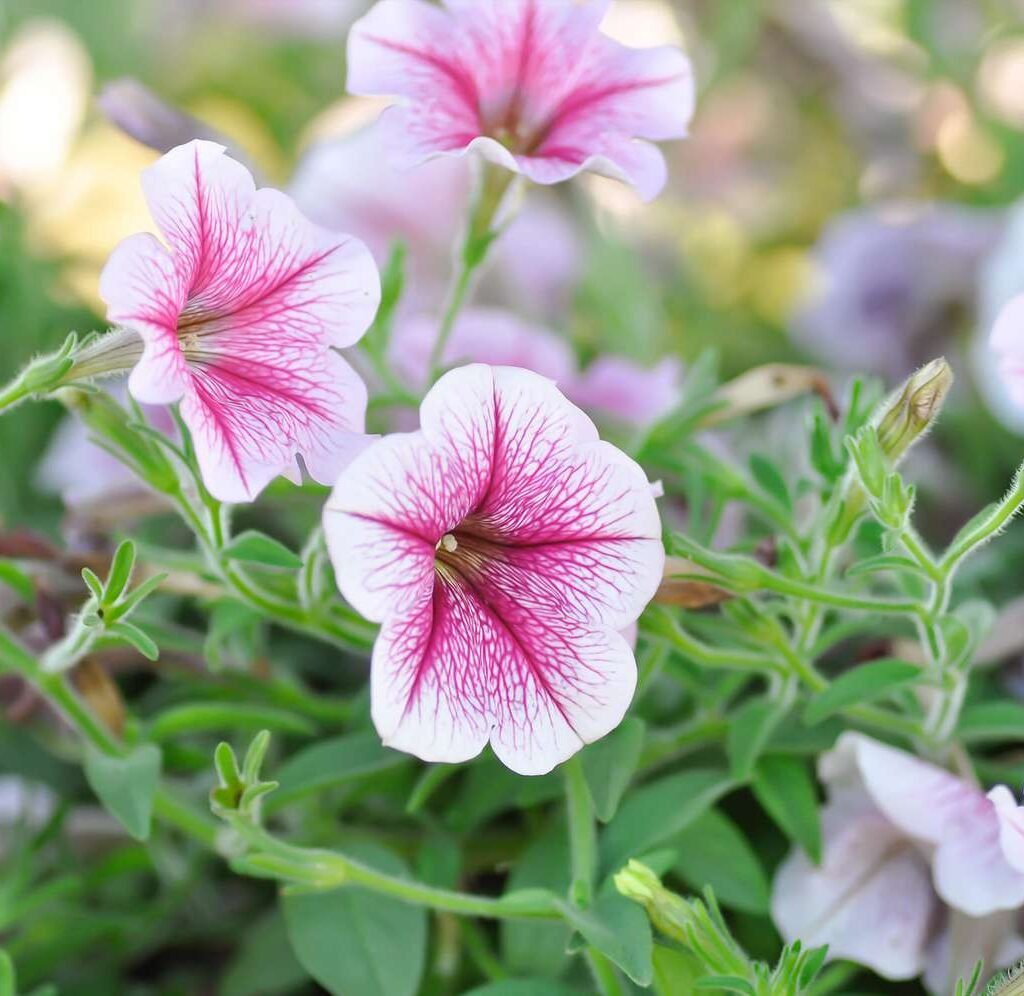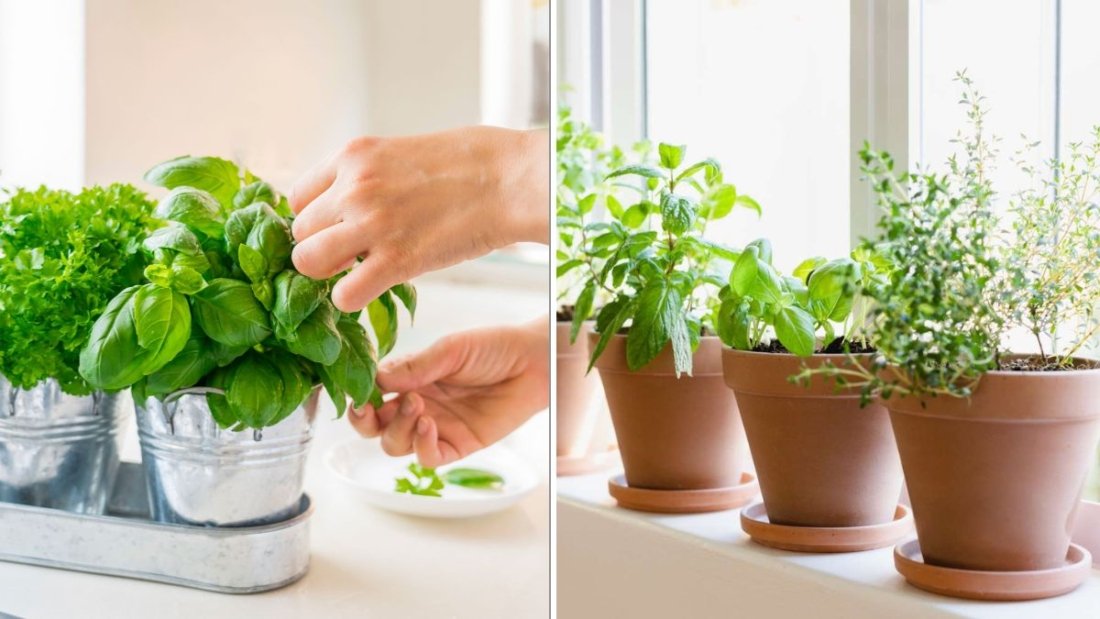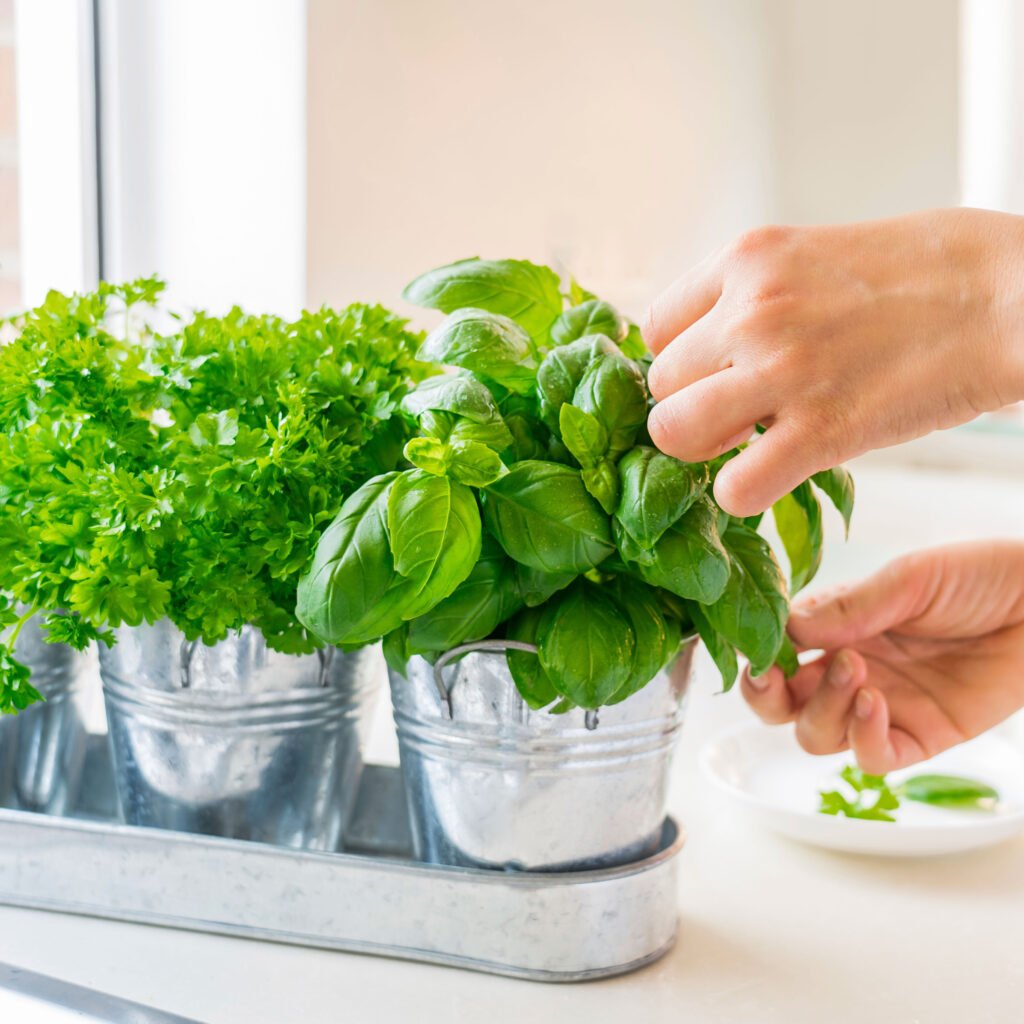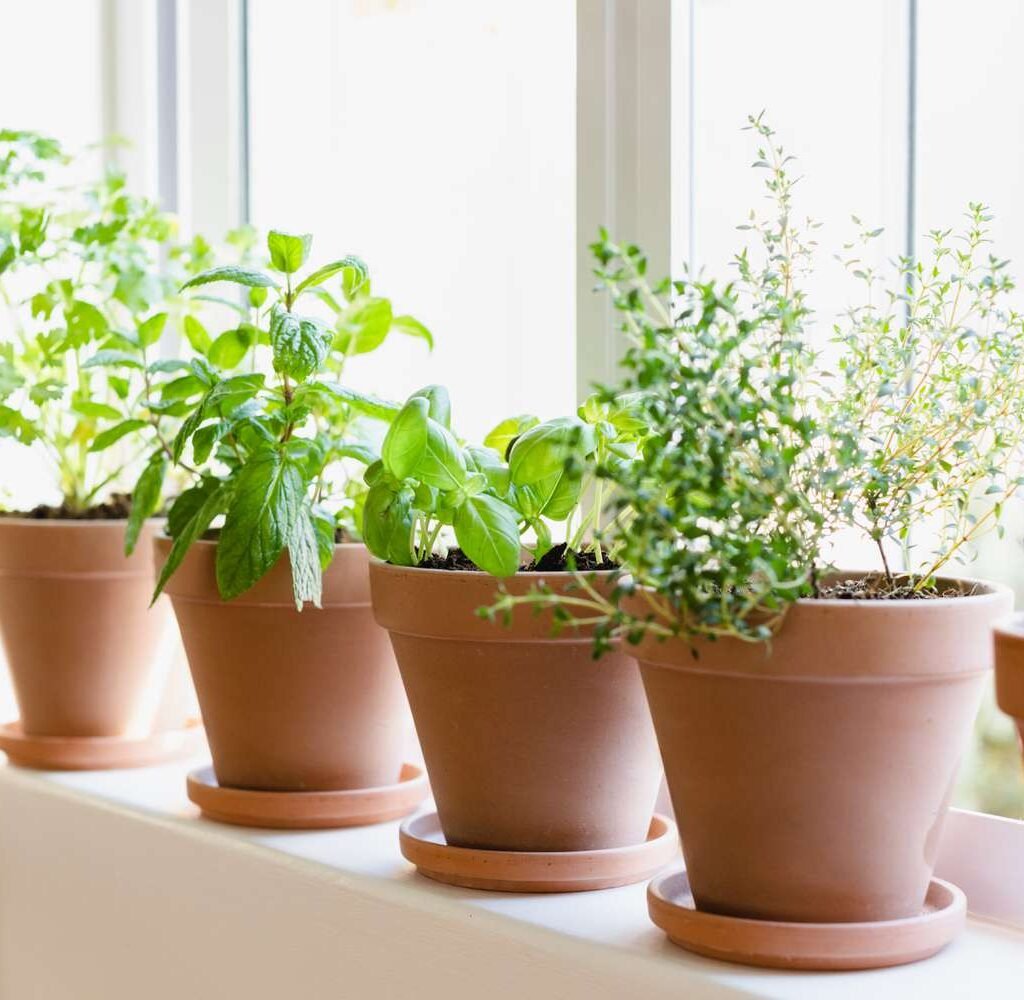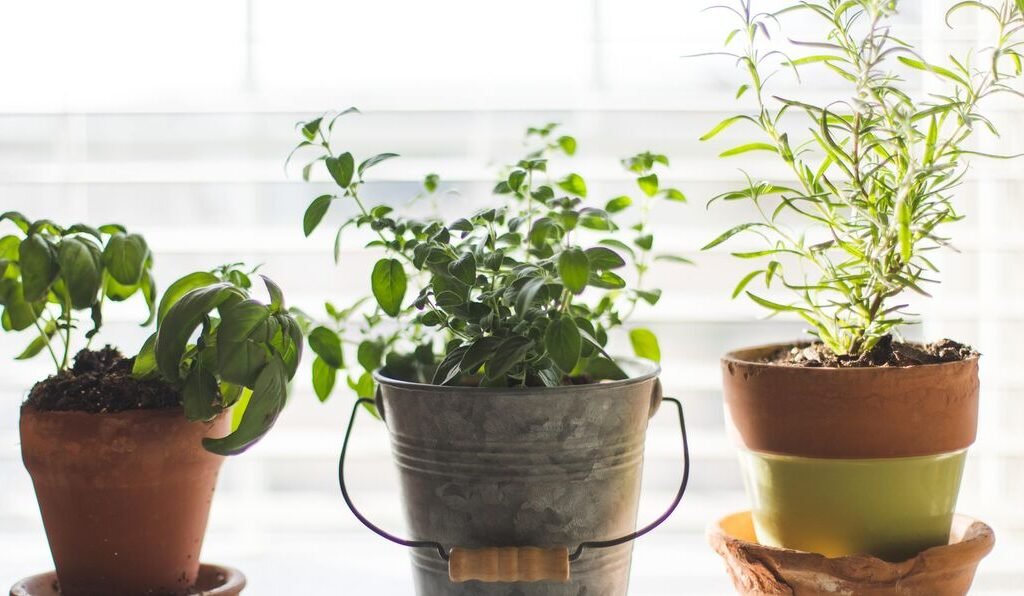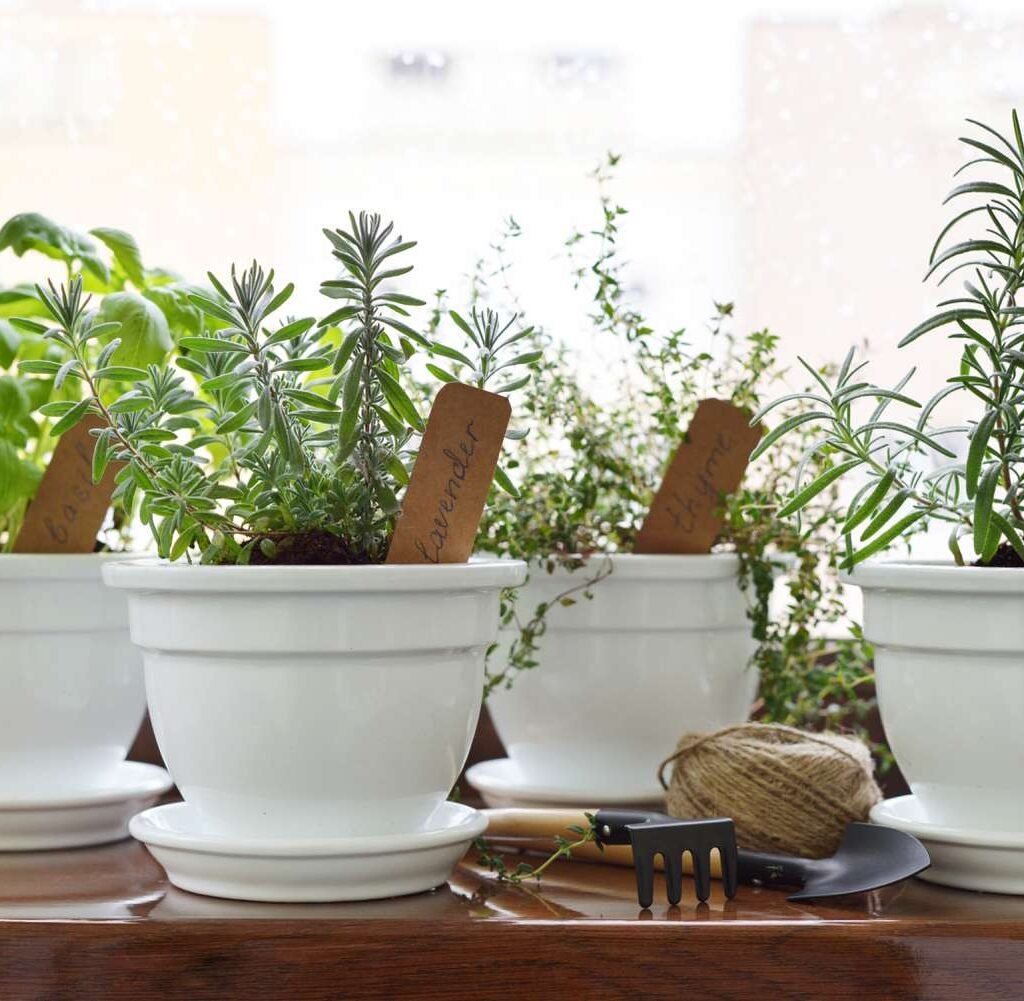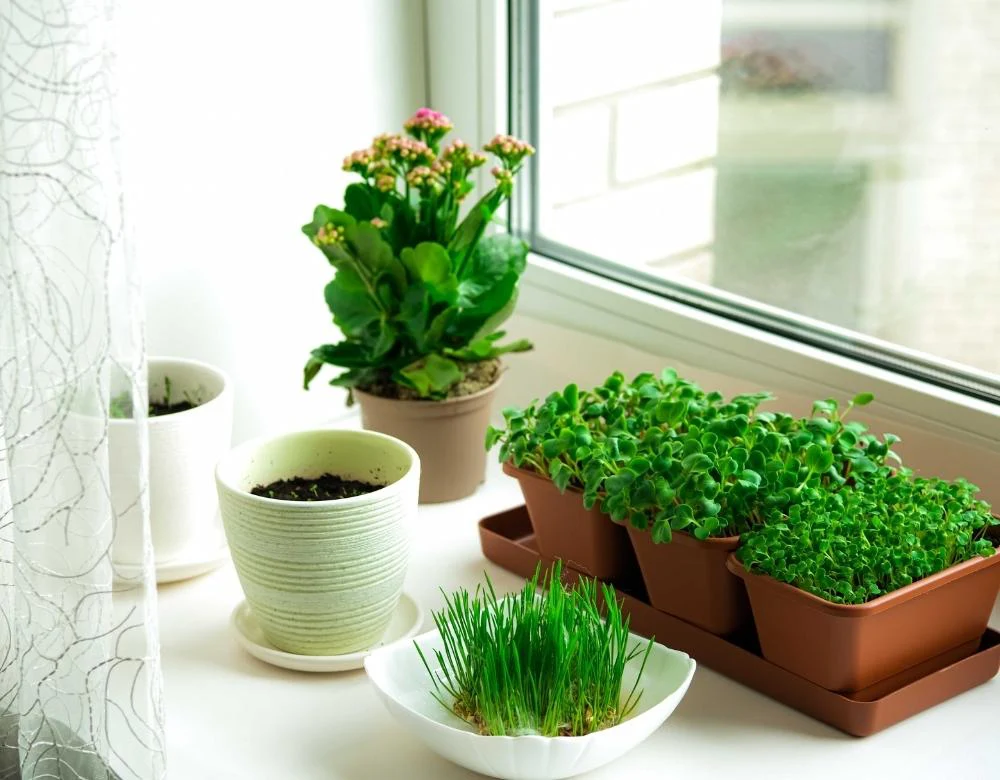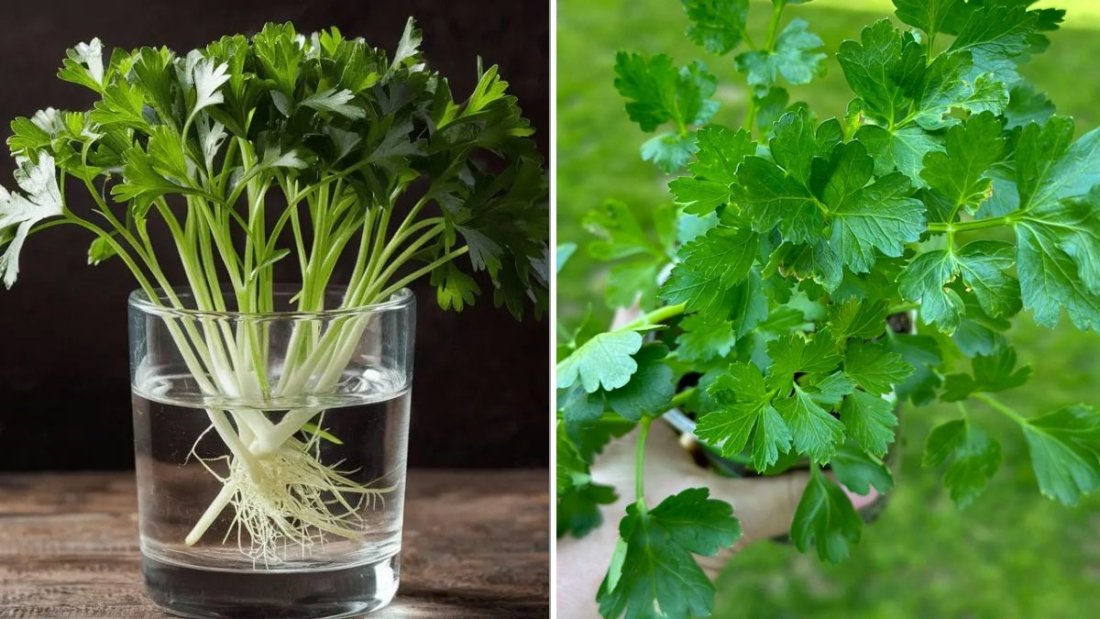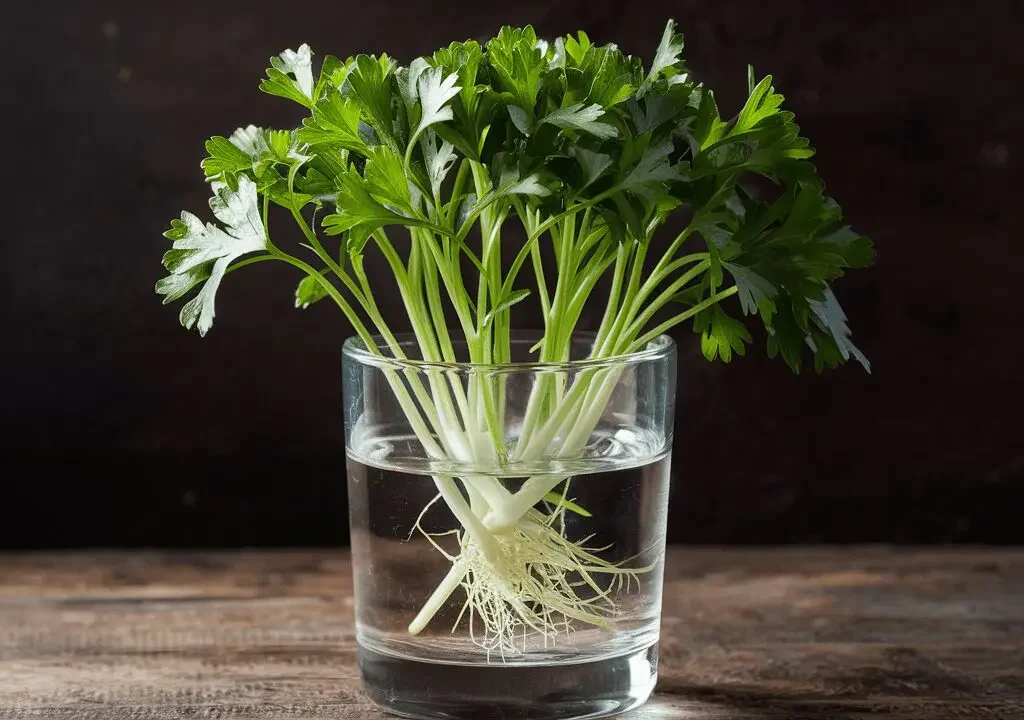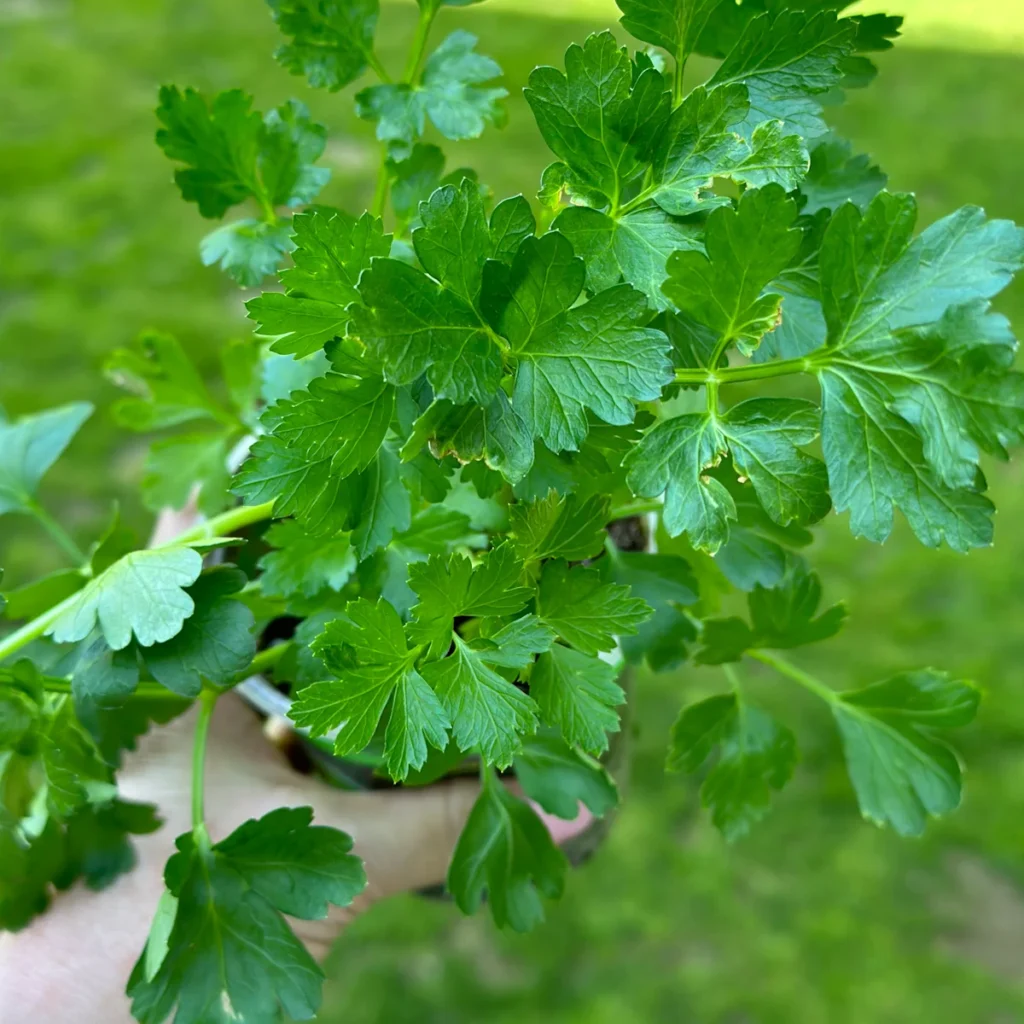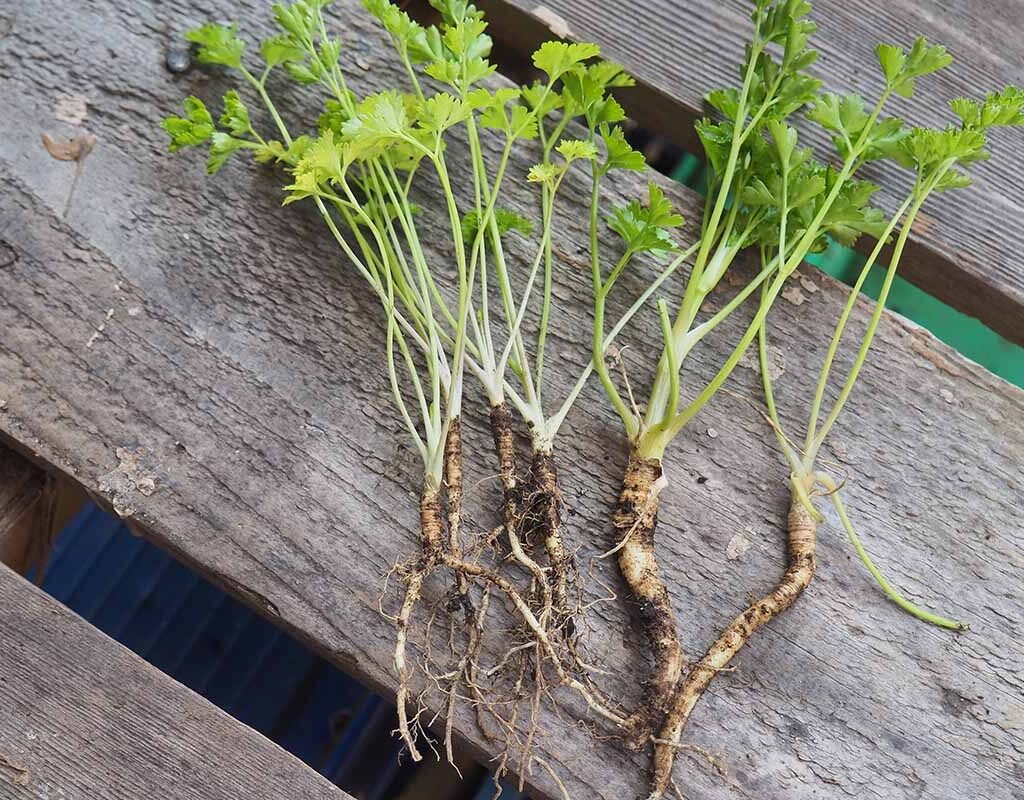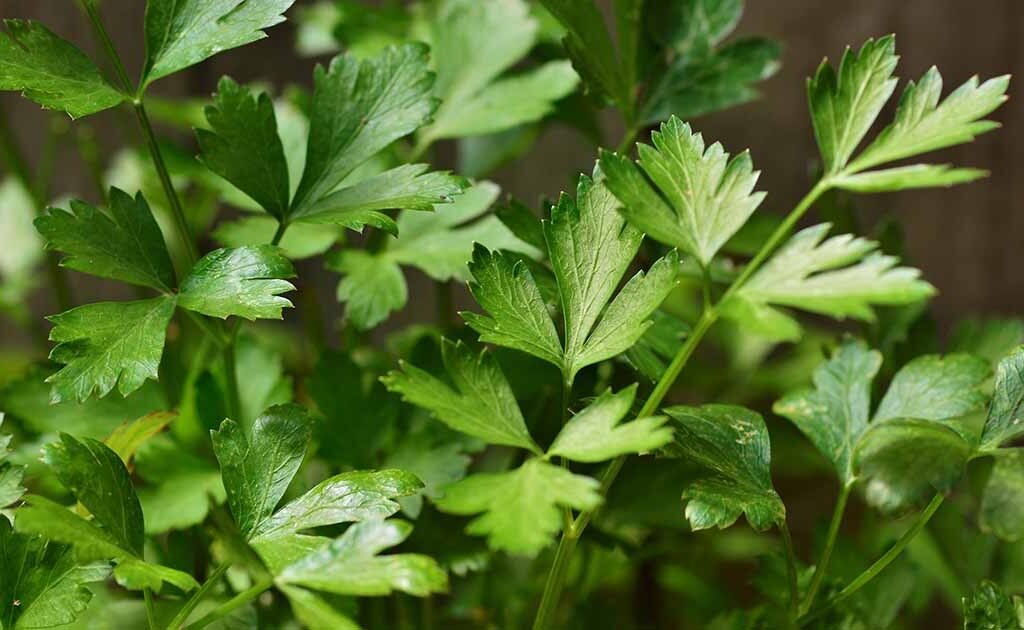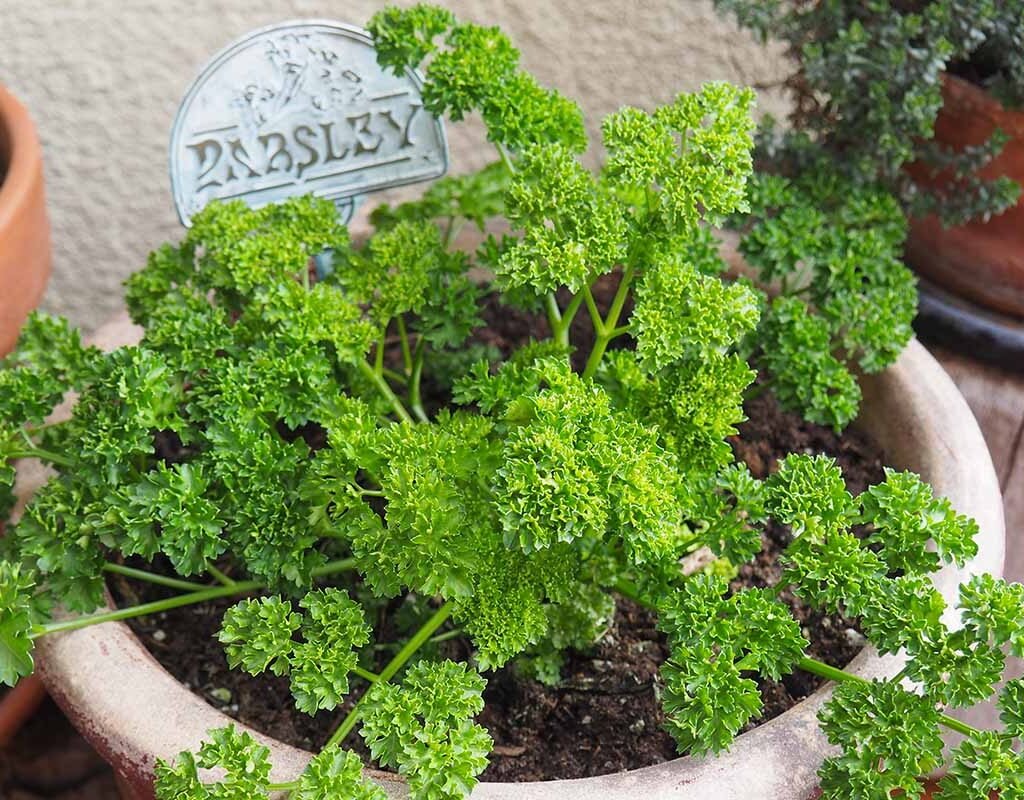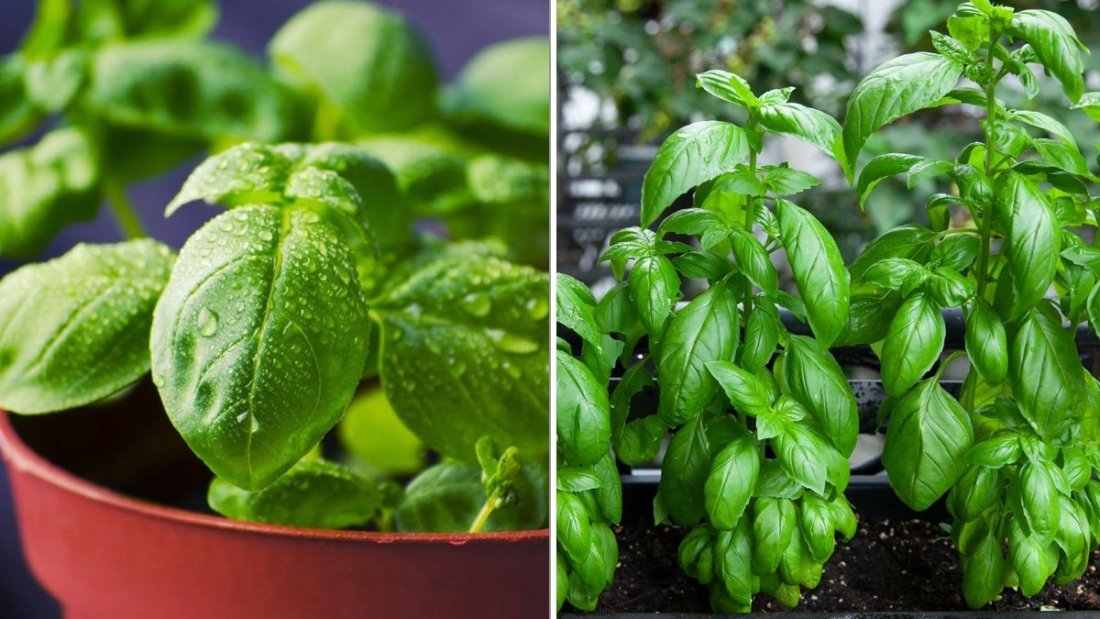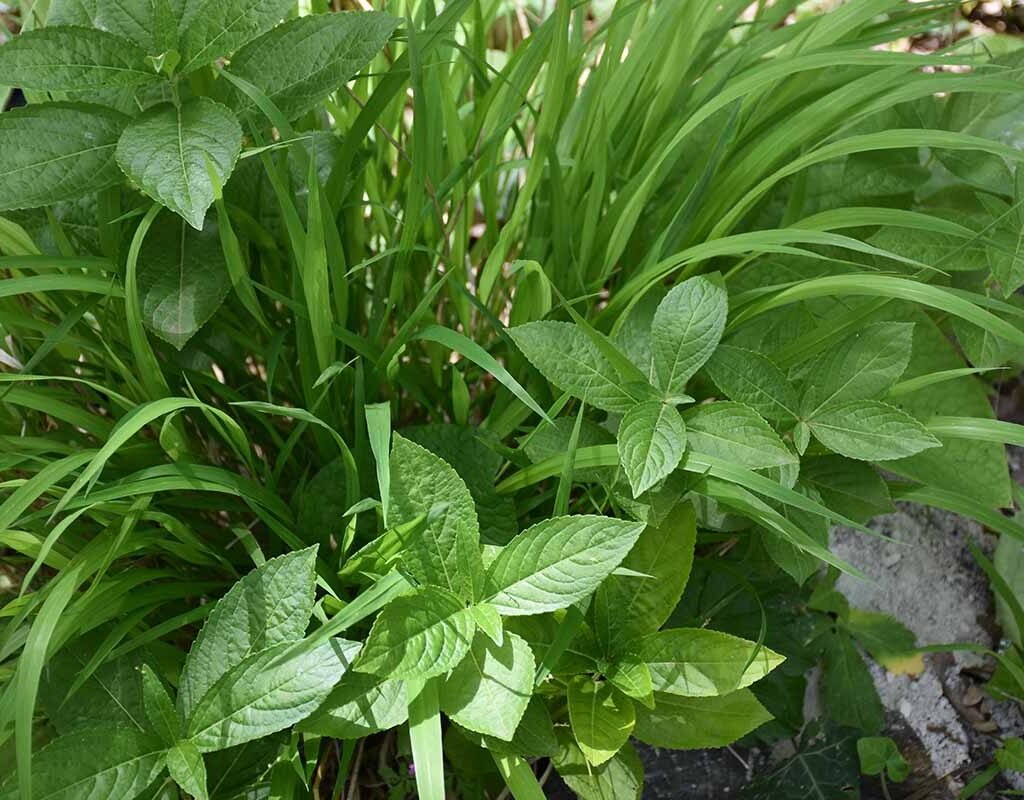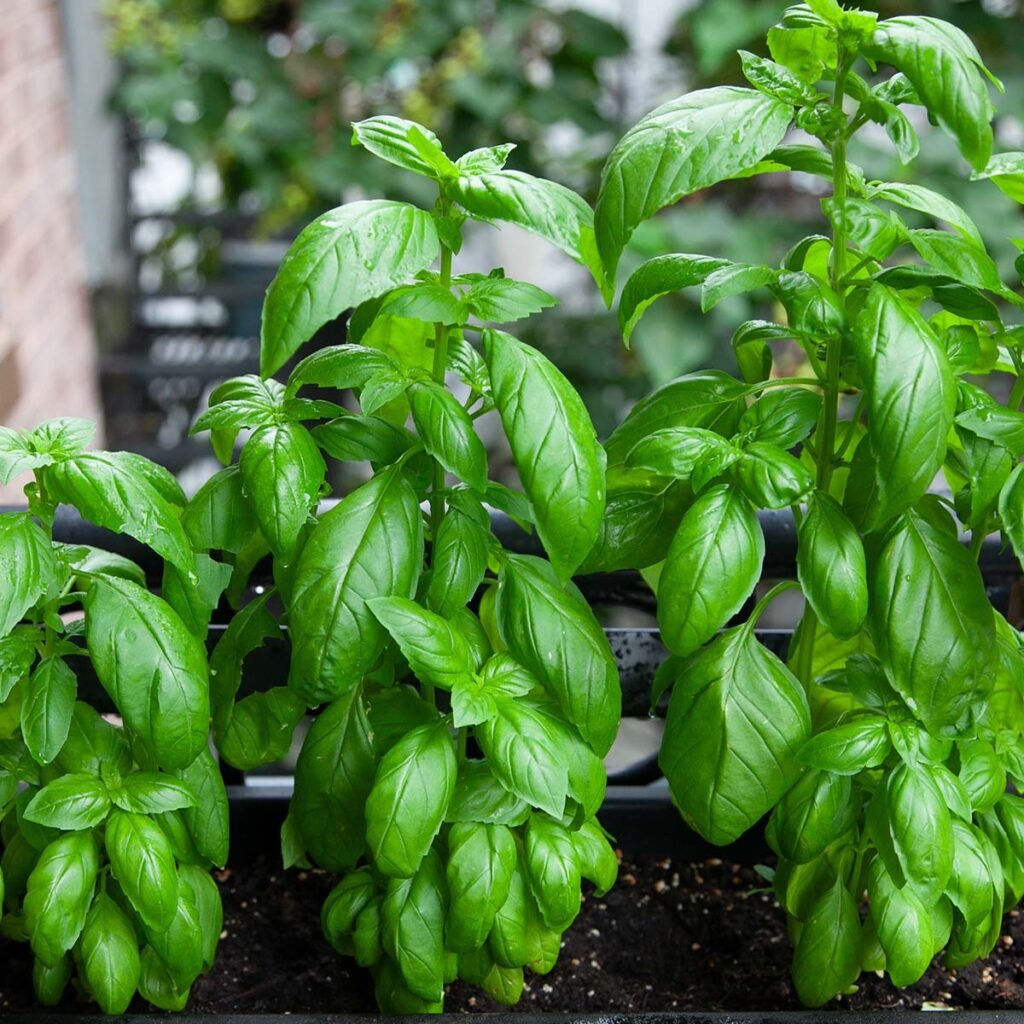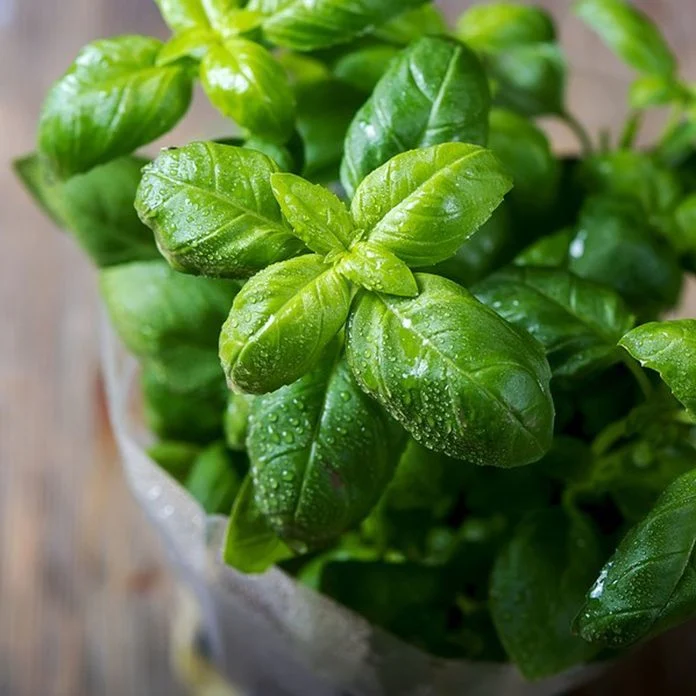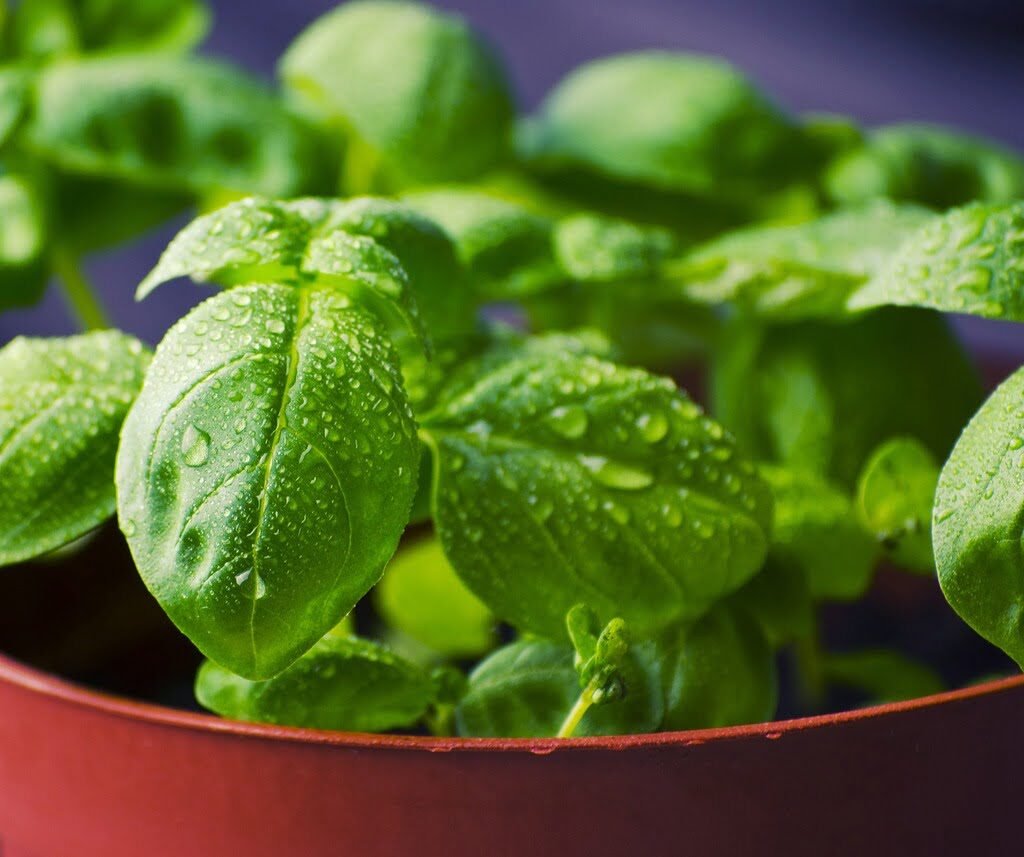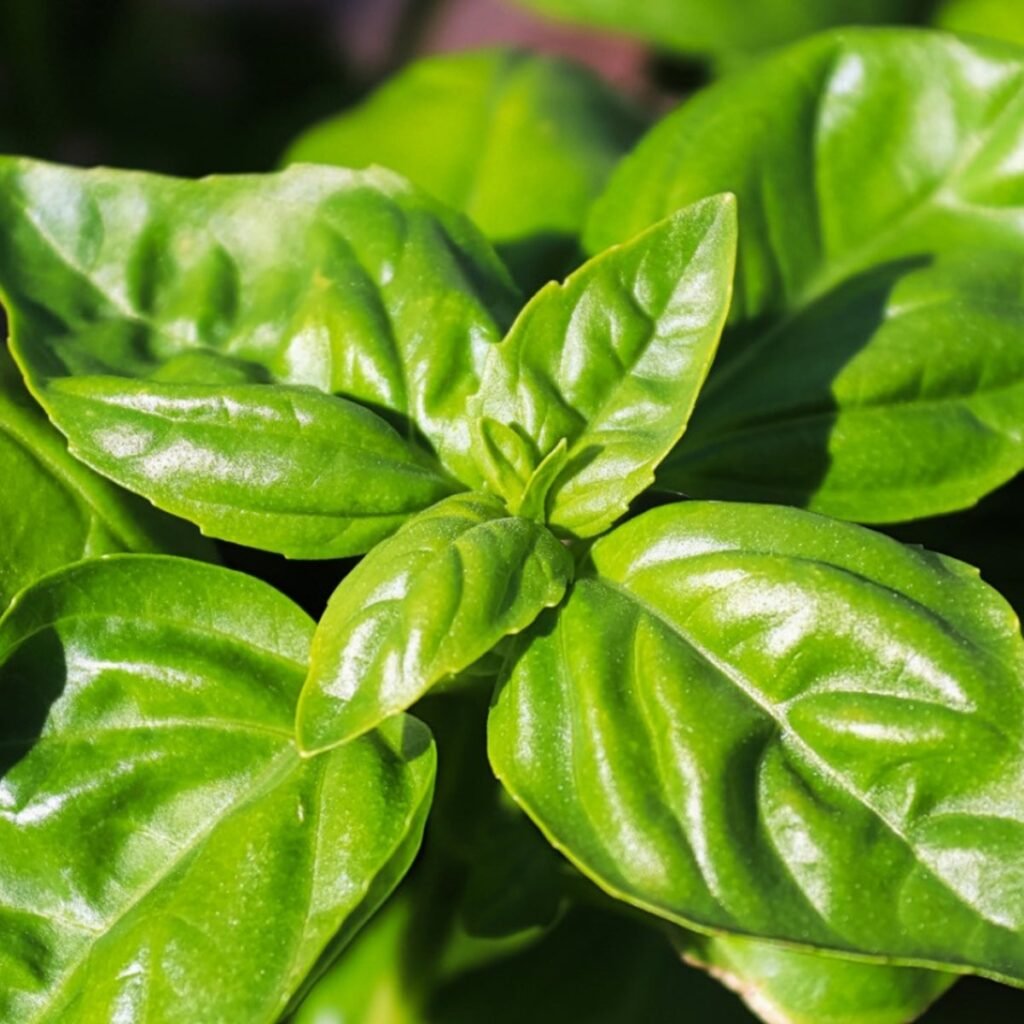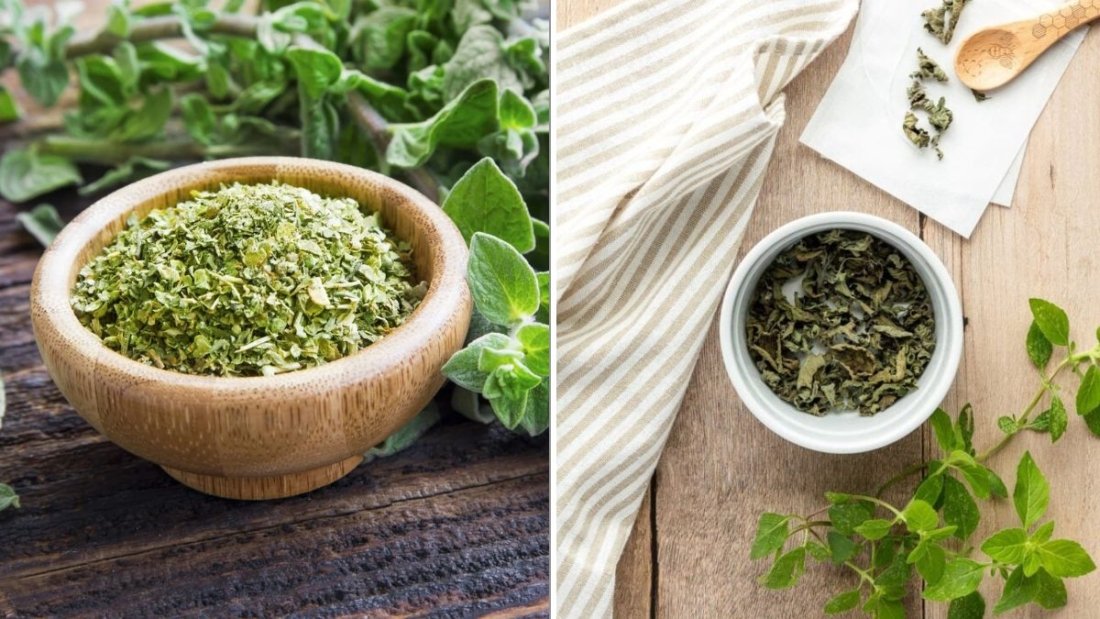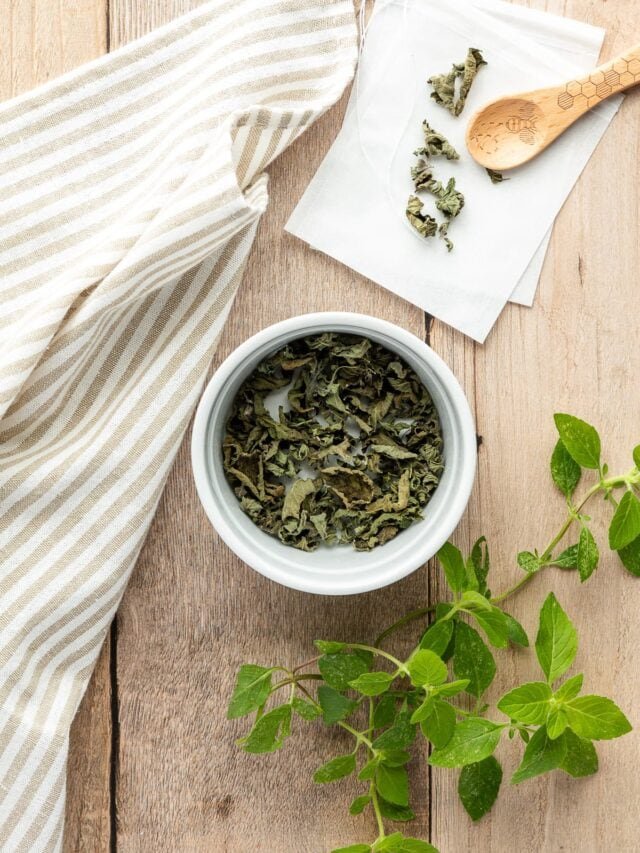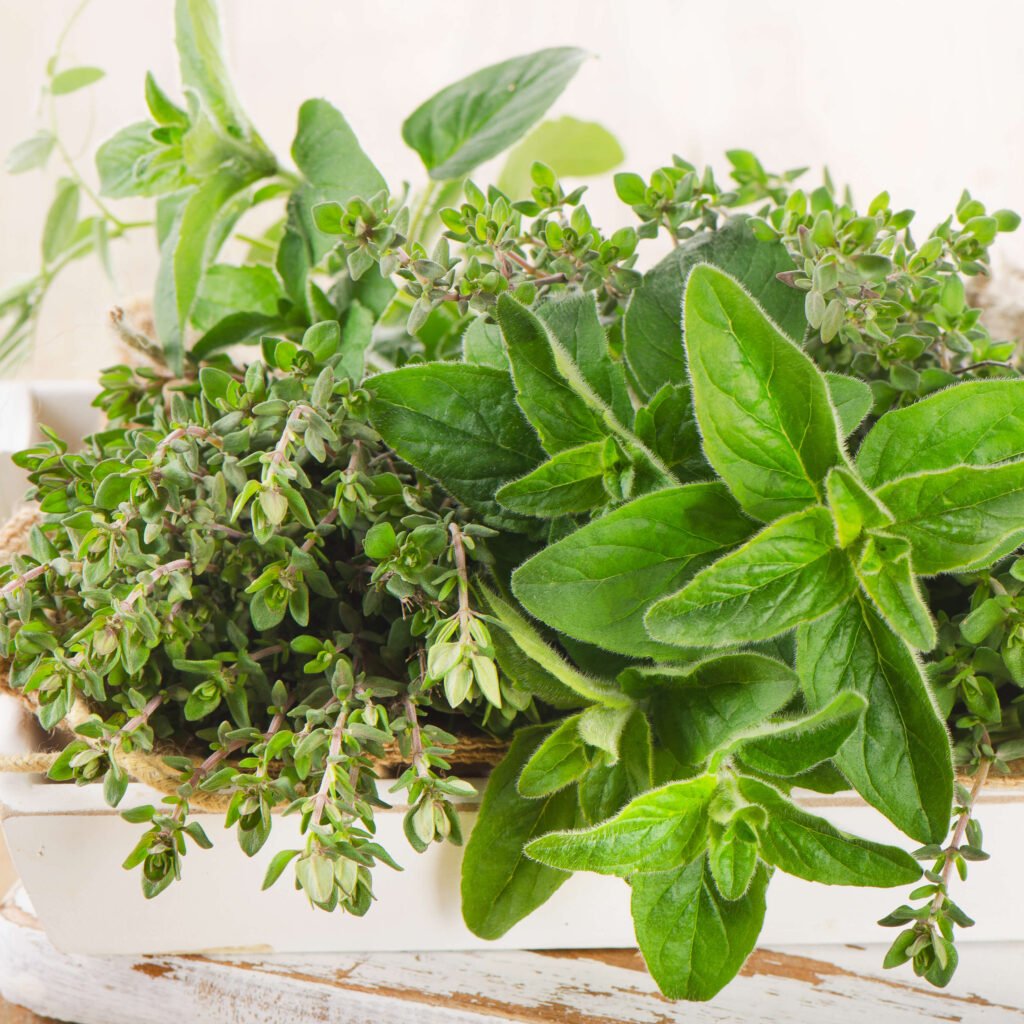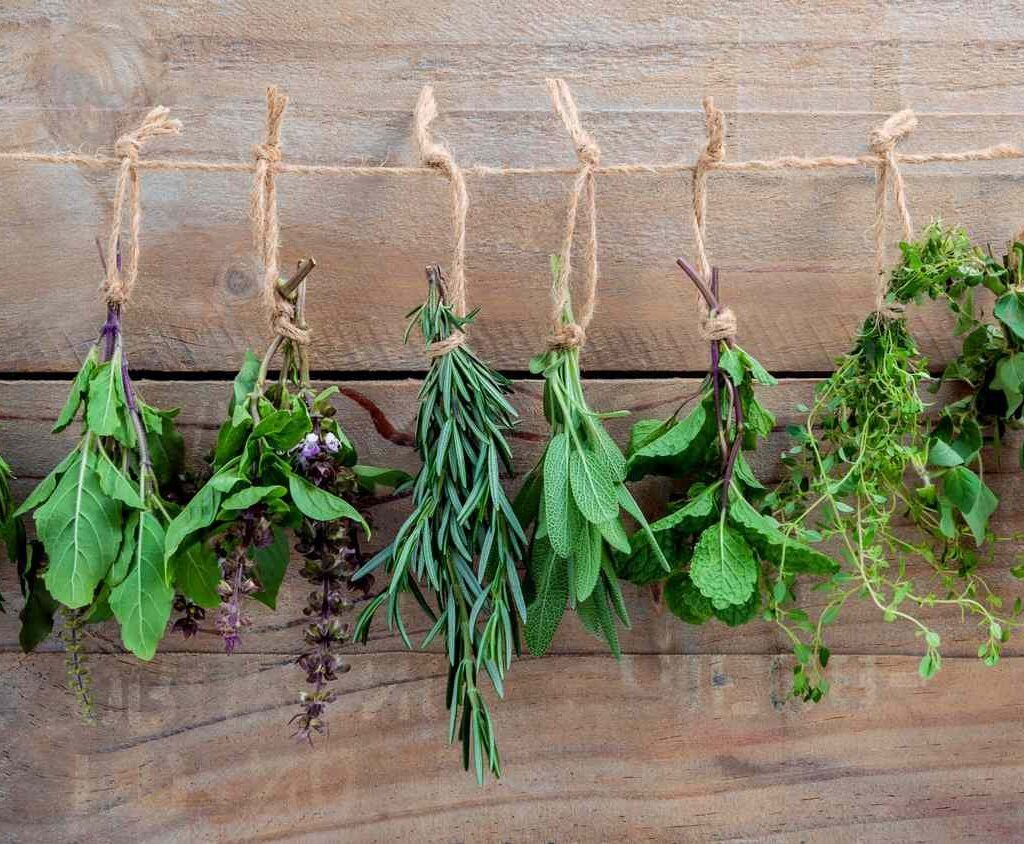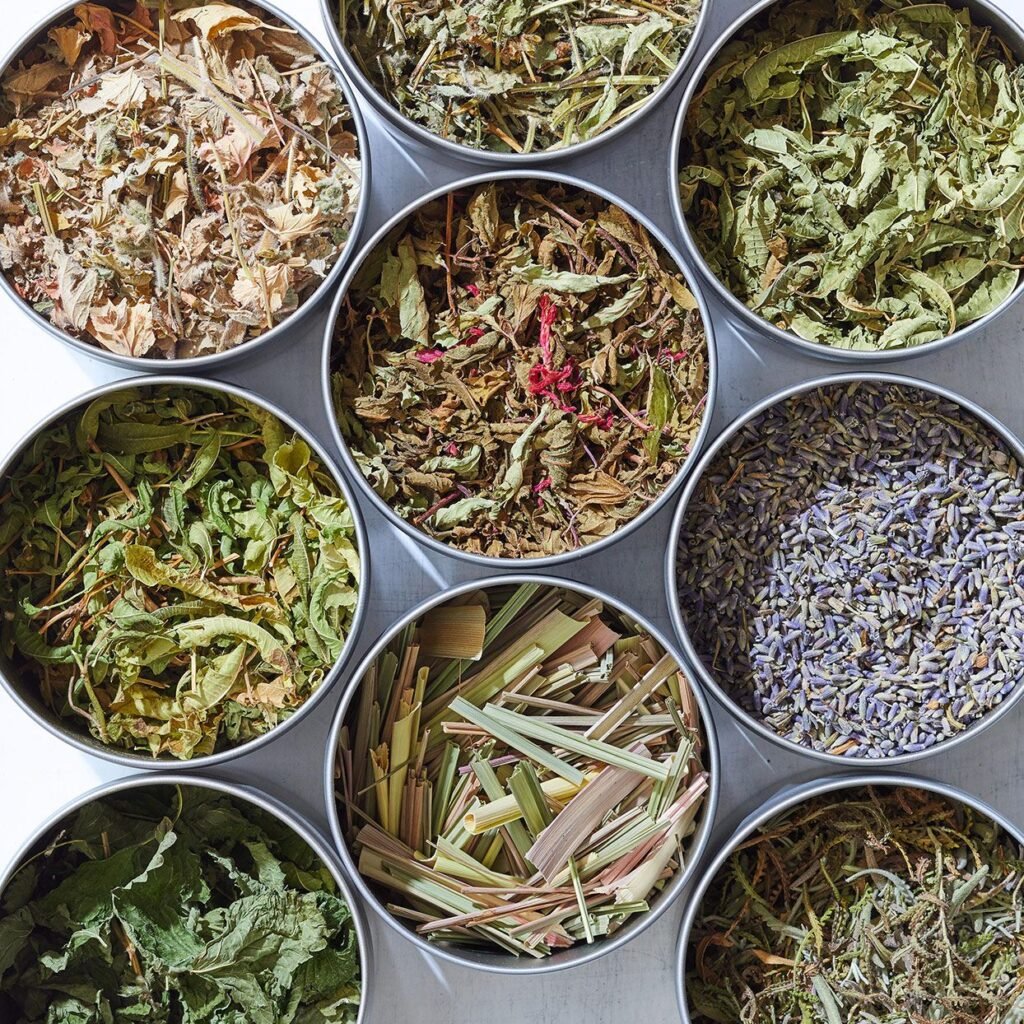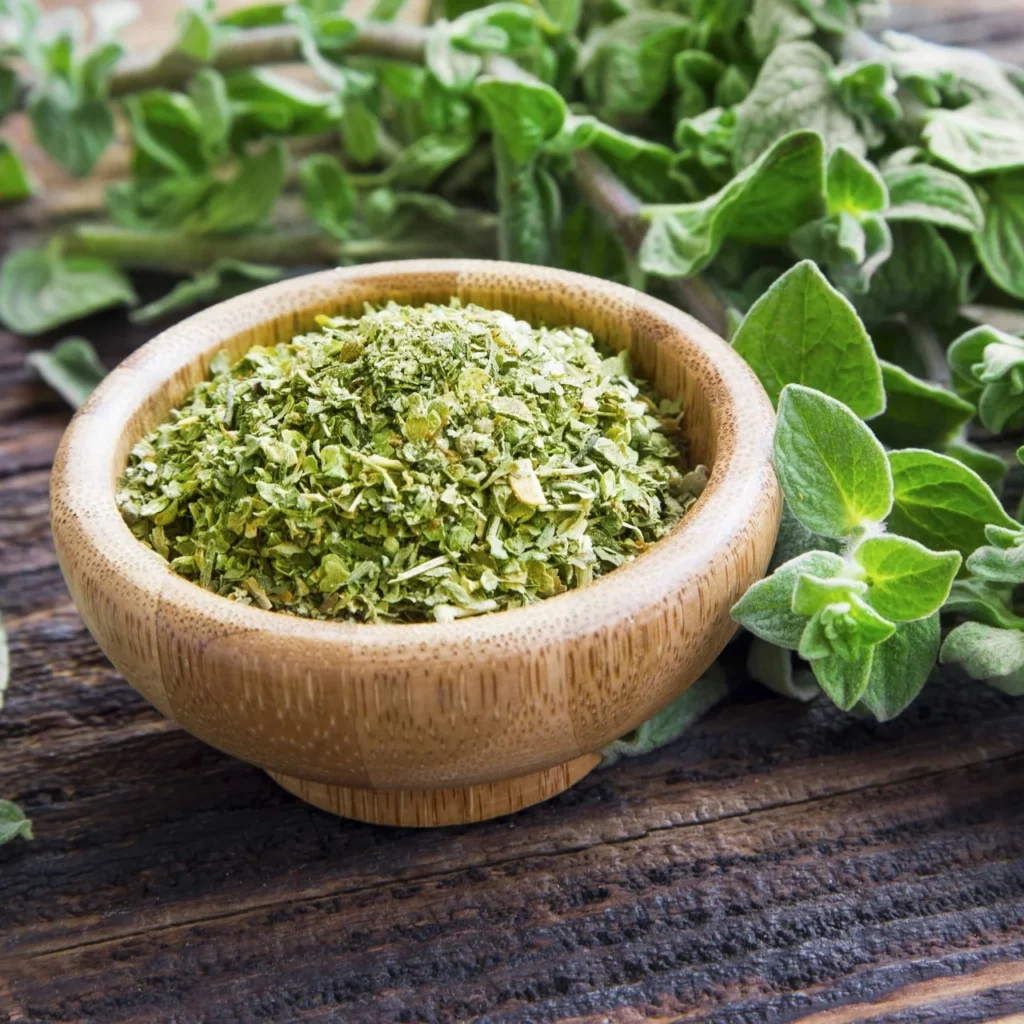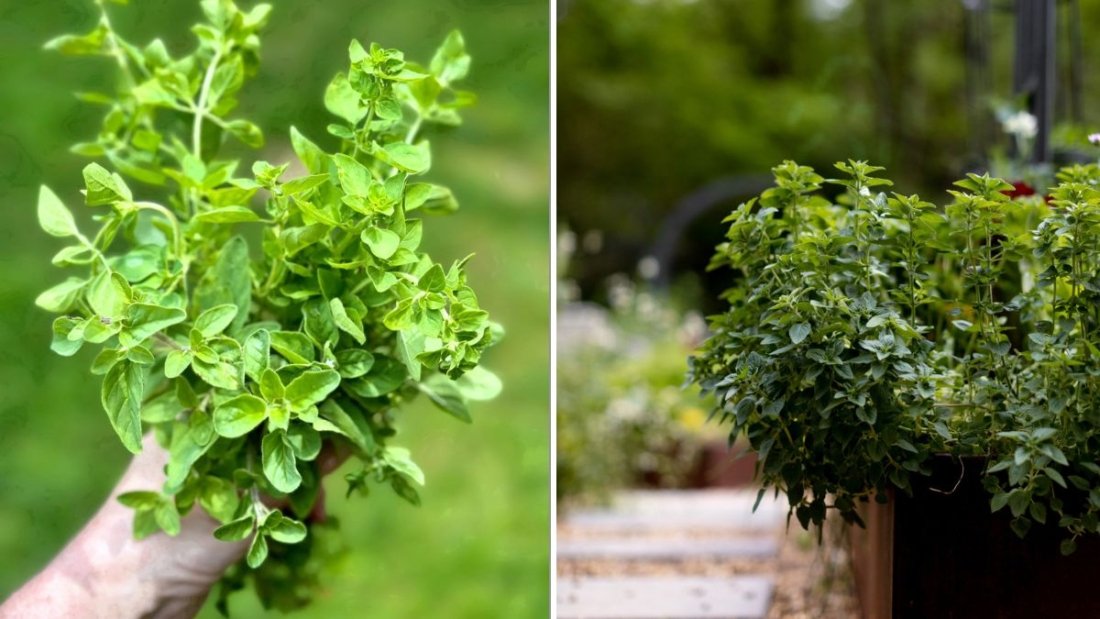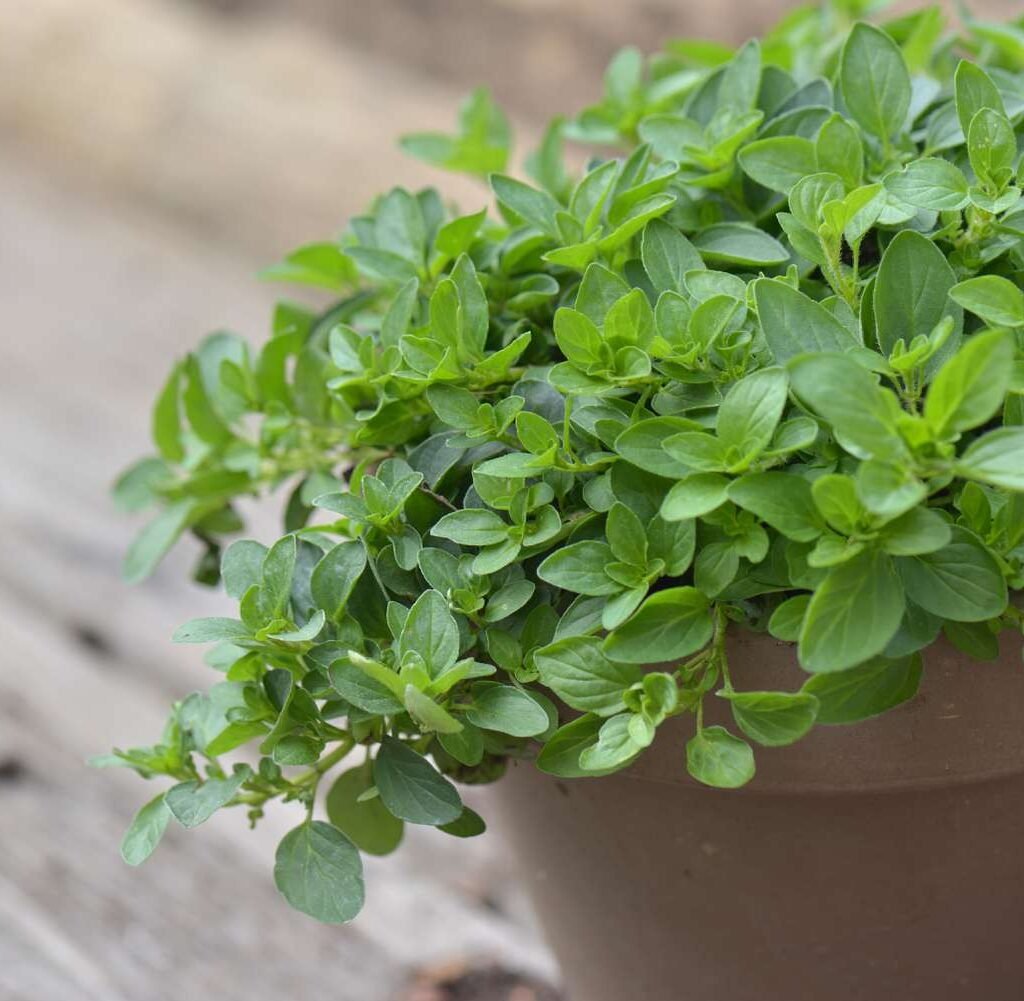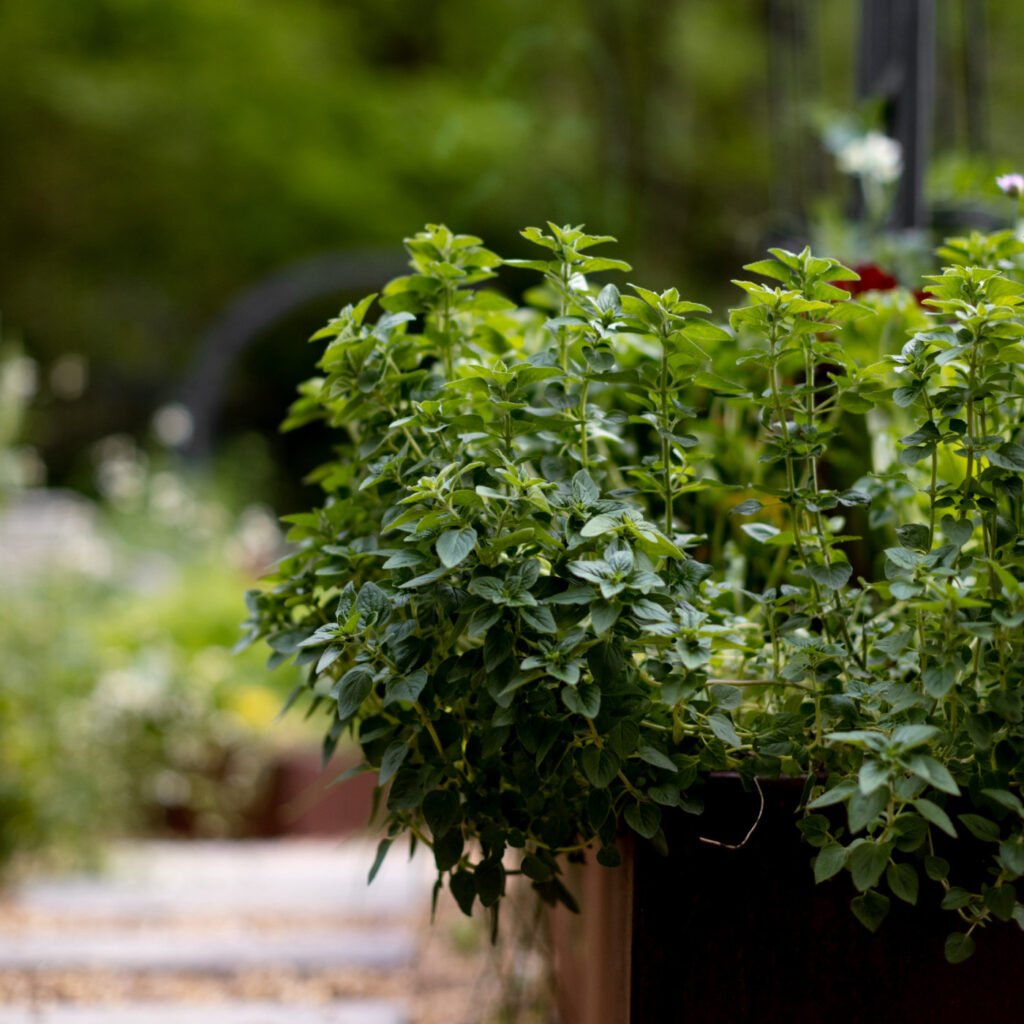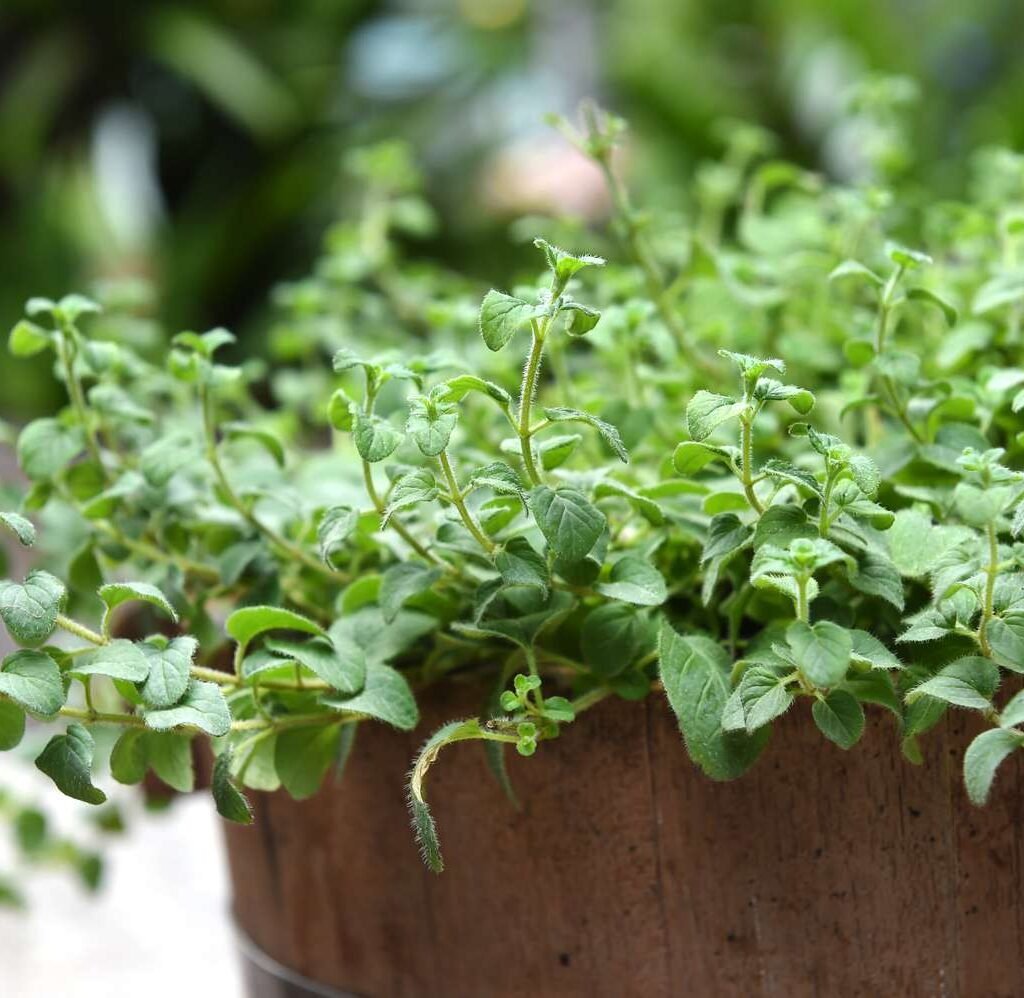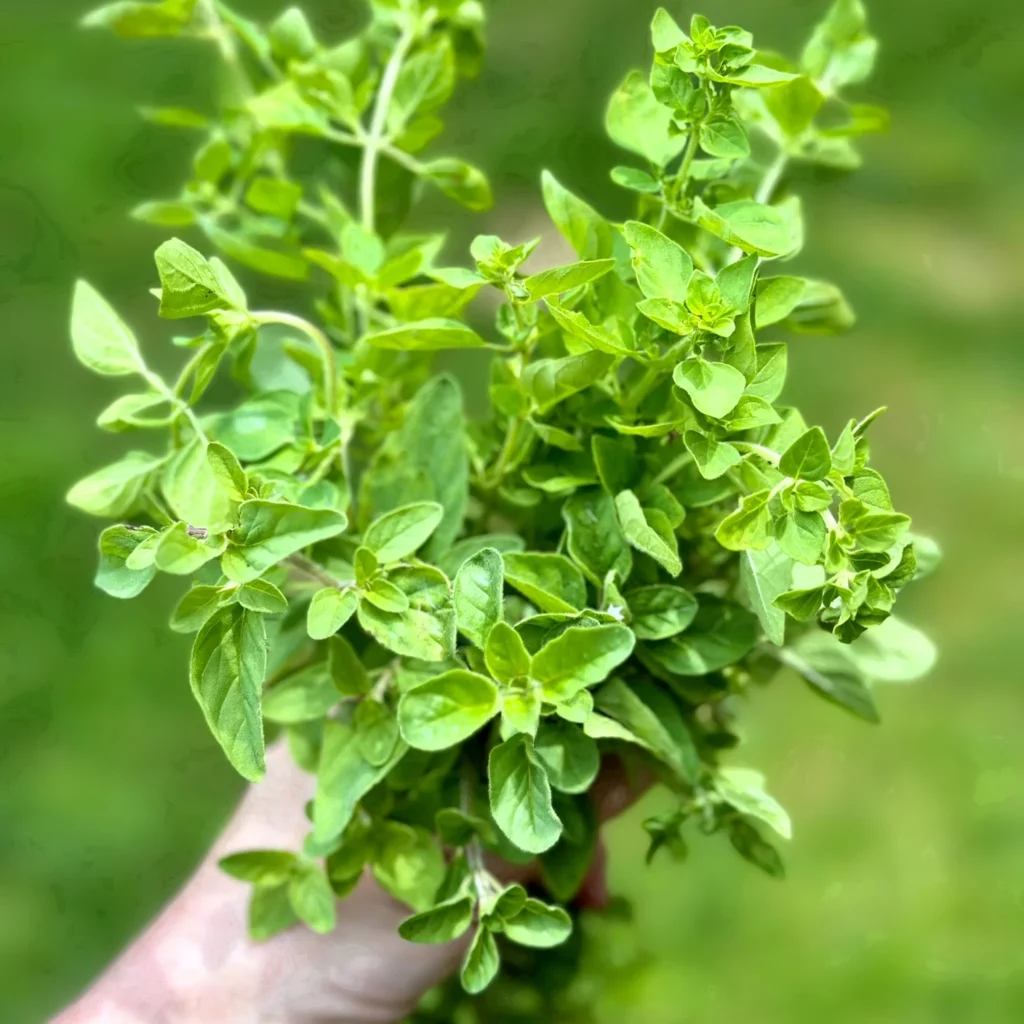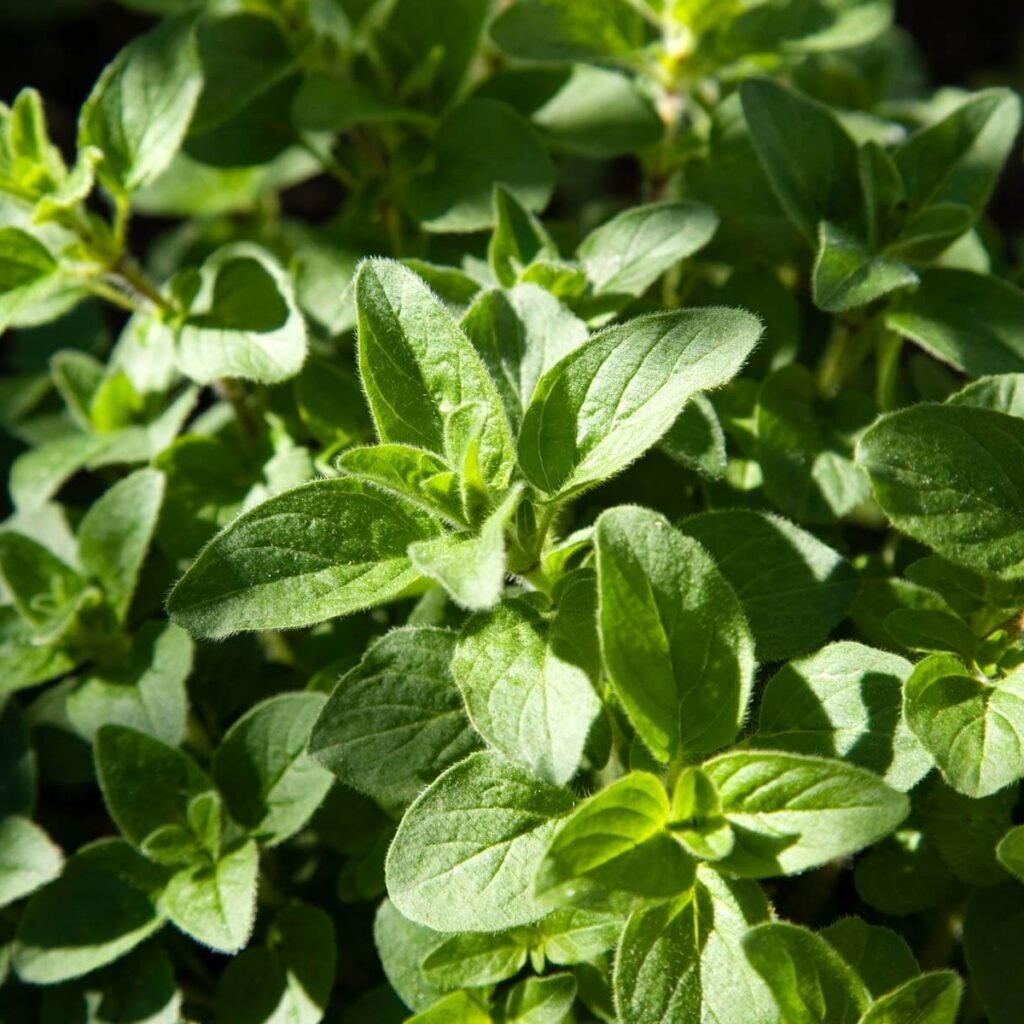Geraniums are among the most popular garden flowers, cherished for their vibrant blooms, fragrant leaves, and low-maintenance appeal. While they flourish in the summer garden, many gardeners face the challenge of keeping these beauties alive through the winter months. Cold temperatures and frost can quickly destroy outdoor geraniums, but with proper care, you can overwinter them indoors and enjoy healthy plants year after year. Overwintering geraniums is a straightforward process that requires planning, the right environment, and consistent care. This guide provides everything you need to know to successfully bring your geraniums through the colder months.
1. Why Overwintering Geraniums Matters
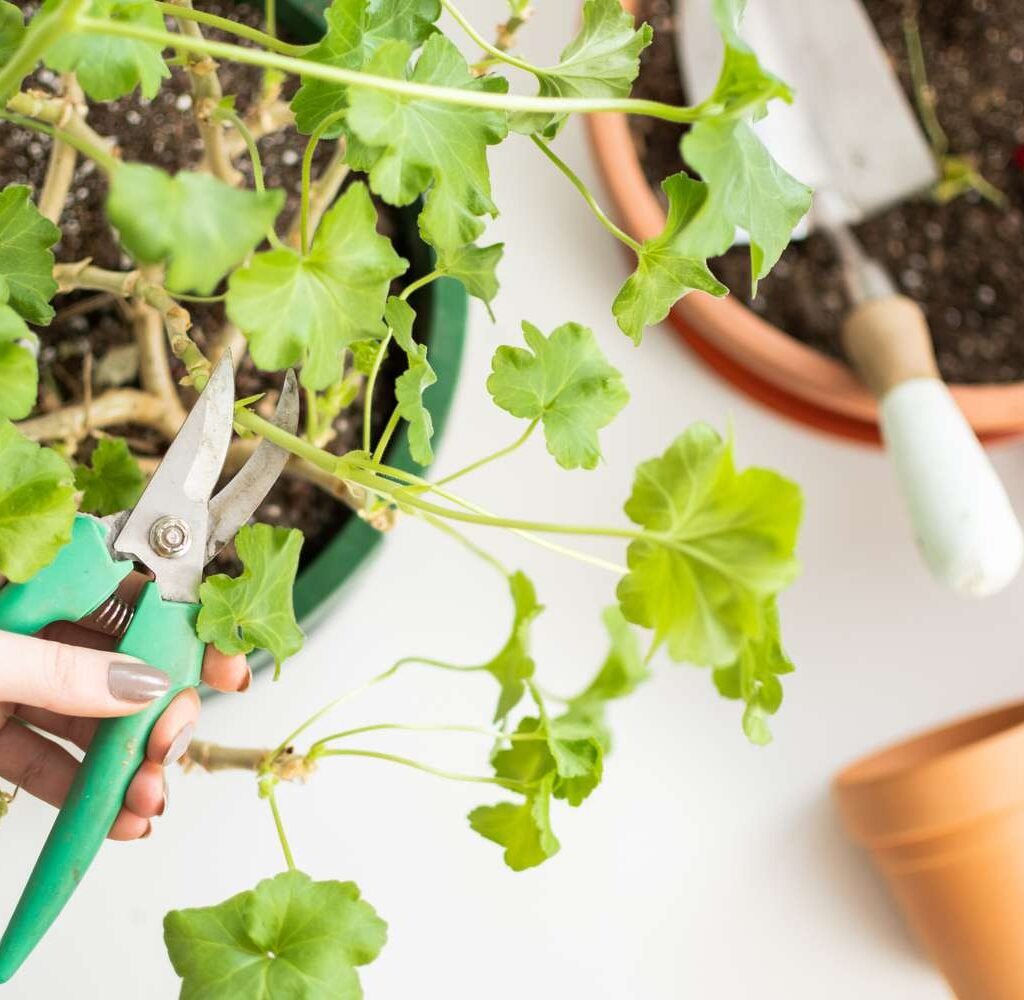
Geraniums (Pelargonium spp.) are tender perennials, meaning they cannot survive freezing temperatures. While many gardeners treat them as annuals and replant each spring, overwintering offers several advantages:
- Cost-Effective: You don’t have to buy new plants every year.
- Preserve Favorite Varieties: Keep unique colors or hybrids that are hard to find.
- Early Blooming: Plants that are overwintered indoors can bloom earlier in spring.
- Stronger Plants: Overwintered geraniums tend to produce bushier growth and more blooms in the next season.
Understanding the benefits of overwintering makes the extra effort worthwhile.
2. When to Bring Geraniums Indoors
Timing is critical for successful overwintering. Geraniums should be moved indoors before the first frost, while the plants are still healthy and actively growing.
Guidelines:
- Check your local frost dates and plan to bring plants in about 2–3 weeks prior.
- Don’t wait until frost has damaged the leaves, as cold stress can weaken the plant and increase susceptibility to pests and diseases.
- Signs that it’s time: yellowing leaves, reduced growth, or the first frost warnings in your area.
3. Preparing Geraniums for Indoor Overwintering
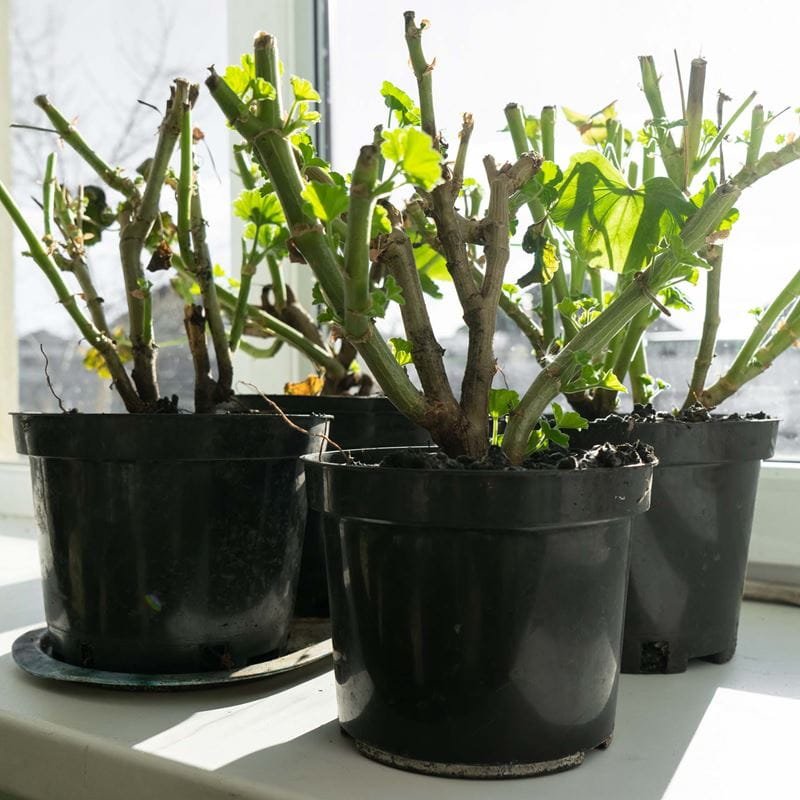
Proper preparation ensures that your geraniums adapt well to indoor conditions. There are two main methods for overwintering: as potted plants or as dormant cuttings/tubers (depending on the variety).
Method 1: Potted Plants
- Prune: Remove dead or yellowing leaves and spent flowers. Cut back long, leggy stems by about one-third to encourage compact growth indoors.
- Inspect for Pests: Check for aphids, spider mites, or whiteflies. Treat infestations before bringing plants inside.
- Repot if Needed: If the soil is compacted or nutrient-depleted, repot the geranium in fresh, well-draining potting soil. Ensure the container has drainage holes.
Method 2: Dormant Stems or Tubers
Some gardeners prefer to overwinter geraniums by allowing them to go dormant:
- Cut the plant back to 4–6 inches above the soil.
- Remove excess leaves.
- For tuberous varieties, dig up the tubers, let them dry for a day, then store them in peat moss or vermiculite in a cool, dark location (50–60°F) until spring.
Both methods can be effective, but keeping potted plants indoors is the most common approach for garden geraniums.
4. Choosing the Right Indoor Location
Geraniums require bright light and cool temperatures during the winter months. Indoor conditions are often the biggest challenge when overwintering.
Ideal Conditions:
- Light: Place geraniums in a south- or west-facing window to ensure at least 6 hours of direct sunlight. Supplemental grow lights can help if natural light is insufficient.
- Temperature: Geraniums prefer cooler indoor temperatures between 55–65°F. Avoid placing them near heating vents, radiators, or drafty windows.
- Air Circulation: Good airflow reduces the risk of fungal diseases. Use a fan on low if air is stagnant, but avoid direct drafts on the plants.
Providing the right environment is crucial for maintaining healthy foliage and promoting blooms.
5. Watering and Fertilizing Indoors
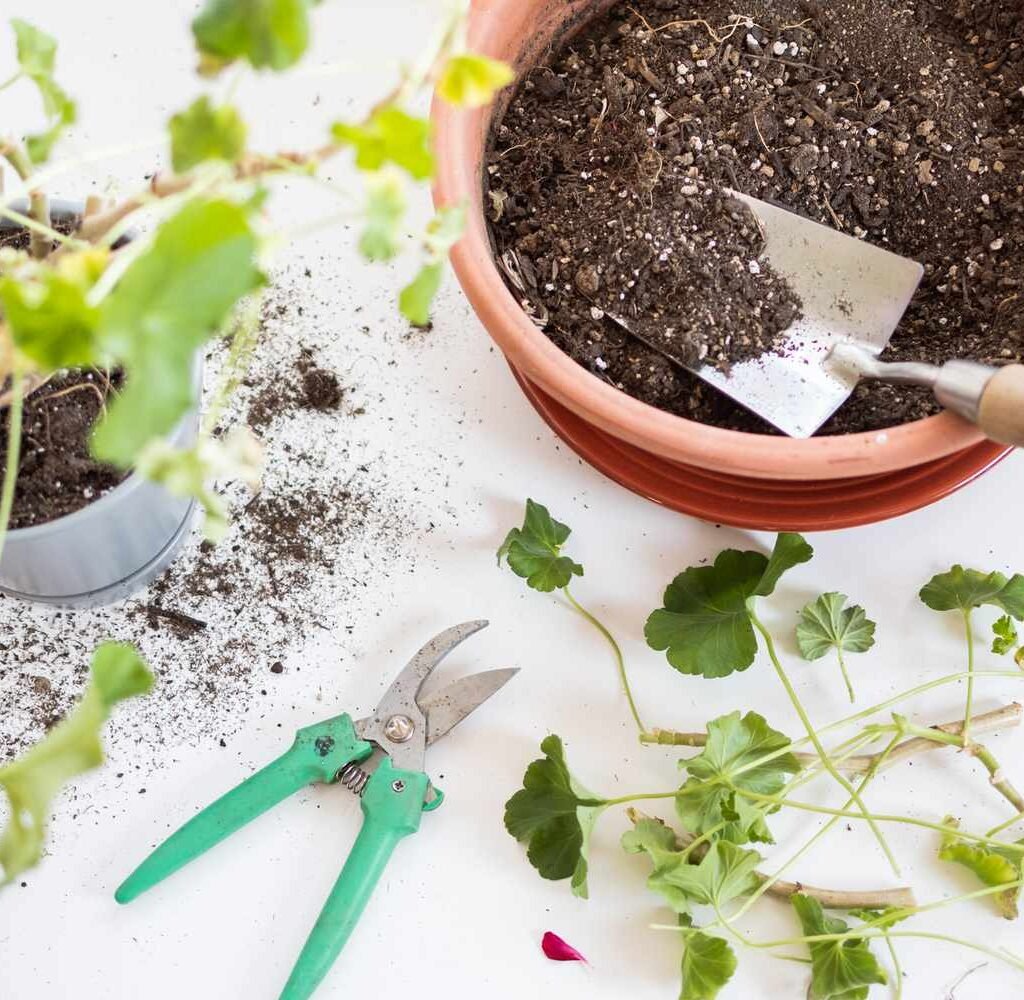
Watering is one of the most common mistakes gardeners make when overwintering geraniums. Indoor geraniums require much less water than those grown outdoors.
Watering Tips:
- Allow the top 1–2 inches of soil to dry out before watering.
- Water thoroughly but ensure excess water drains away to prevent root rot.
- Avoid letting plants sit in saucers filled with water.
Fertilizing Tips:
- Reduce or stop fertilizing during the winter months if plants are not actively growing.
- If growth continues, use a half-strength balanced fertilizer every 4–6 weeks.
- Over-fertilizing can encourage weak, leggy growth that is more susceptible to disease.
6. Managing Pests and Diseases Indoors
Pests can be more problematic indoors, where natural predators are absent. Common winter pests include spider mites, whiteflies, and aphids.
Prevention and Treatment:
- Inspect plants regularly, especially undersides of leaves.
- Remove infested leaves immediately and treat remaining foliage with insecticidal soap or neem oil.
- Ensure good air circulation to prevent fungal infections such as powdery mildew.
Healthy, pest-free geraniums are more likely to thrive and produce blooms when spring arrives.
7. Encouraging Flowering During Winter
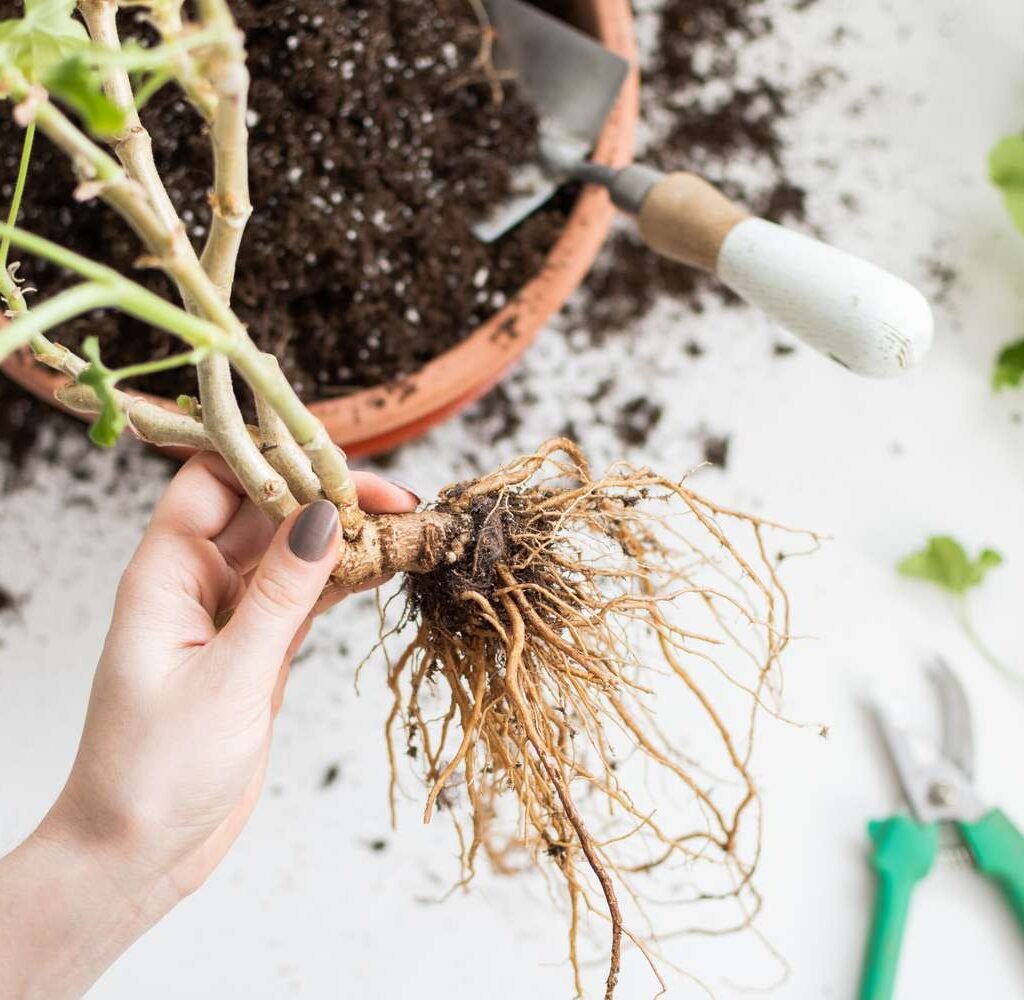
Geraniums may not bloom as prolifically indoors during winter, but you can encourage some flowering with proper care:
- Light: Bright light is critical for initiating blooms. Use supplemental grow lights if needed.
- Pinching: Remove faded flowers and pinch tips of leggy stems to promote compact growth and flower buds.
- Moderate Temperatures: Cooler temperatures encourage flowering, while overly warm conditions can lead to excessive foliage with few blooms.
Even a few indoor blooms add color and fragrance to your winter space.
8. Overwintering Dormant Geraniums
For gardeners who prefer to overwinter geraniums in a dormant state, the following steps are essential:
- Store tubers or cuttings in a cool, dark, and dry location.
- Keep the medium slightly moist but not wet to prevent rot.
- Check periodically for signs of mold or decay and remove affected parts promptly.
- In early spring, replant the tubers in fresh potting soil and gradually reintroduce them to sunlight and water.
This method is ideal for varieties that naturally go dormant or for gardeners with limited indoor space.
9. Reintroducing Geraniums Outdoors in Spring
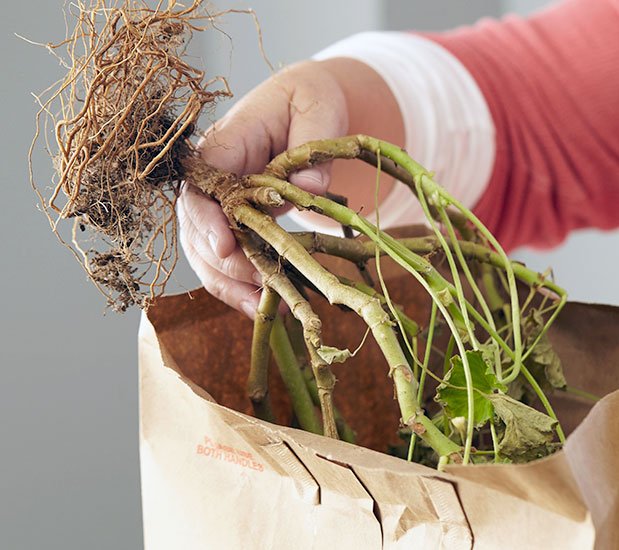
As the risk of frost passes, geraniums can be moved back outdoors to resume active growth and bloom:
- Harden off plants by gradually exposing them to outdoor conditions over 7–10 days.
- Avoid sudden exposure to full sun, as leaves may scorch.
- Water and fertilize regularly once plants are outdoors, and prune lightly to encourage strong growth.
By following a careful transition process, overwintered geraniums can thrive in the garden and produce early, vibrant blooms.
10. Tips for Successful Overwintering
- Label pots and keep track of varieties to ensure you can replant favorite types.
- Avoid overcrowding indoor plants to reduce disease risk.
- Keep humidity moderate—use a tray of water near plants if indoor air is very dry.
- Monitor for pests weekly, as indoor conditions can favor infestations.
- Be patient—some geraniums may remain dormant or slow-growing until spring sunlight increases.
By paying attention to these small details, your geraniums can survive and thrive indoors all winter long.
Conclusion
Overwintering geraniums indoors is a rewarding way to preserve your favorite plants, save money, and enjoy vibrant blooms year after year. With careful planning, proper preparation, and consistent care, geraniums can survive cold months in a healthy state, ready to bloom as soon as spring arrives.
Key takeaways for successful overwintering:
- Bring plants indoors before the first frost.
- Choose a bright, cool location with good air circulation.
- Water sparingly and avoid over-fertilizing during winter.
- Monitor for pests and remove damaged foliage.
- Consider dormant storage for tuberous varieties if space is limited.
- Reintroduce plants gradually to outdoor conditions in spring.
By following these steps, your geraniums will remain healthy, strong, and ready to light up your garden when the warm months return. Overwintering is more than a technique—it’s a way to extend the life of your garden favorites and enjoy their beauty year after year.
